Horse Riding Lessons For Intermediate to Unlock Your Riding Potential
Feb 25, 2024 | Super Equestrian
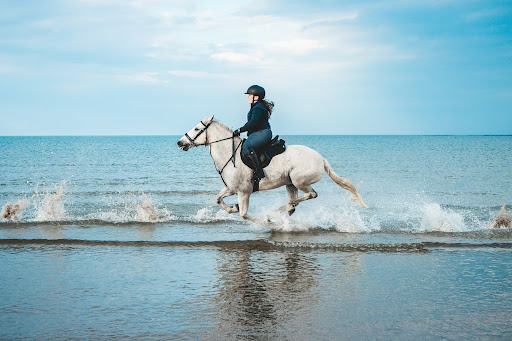
Can you remember the first time you rode on horseback? The excitement and joy came together with your patience and dedication. Now, how about boosting your skill set to an upper level?
Let me tell you my side of the story. I slowly mastered my riding skills by learning the basics and having lots of love for my horse. And with the time and the right approach, I discovered the magic of being an intermediate rider.
It can make anyone confused about what is the next approach.
But Hey, don't worry. You can venture to this level with me. I am giving you all the information you need about the horse riding lessons I have followed. Let's get started with—
Get Yourself Ready, Pre-requisites for Intermediate Horse Riding
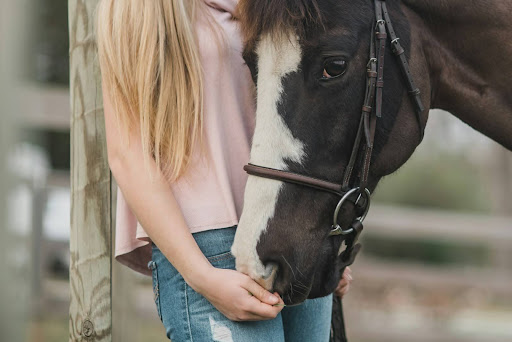
A great execution requires a great plan. So if you are getting ready for intermediate horse riding, you need to make yourself prepared for this. There are so many pre-requirements to excel in this field. So, let's dive into the journey-
Riding Skills You Need:
First, you need to cover the basic skills. Basic commands are walk, trot, and stop. You need to familiarize and improve these terms for better and more enjoyable riding. You need to bring control and comfort when you walk, trot, and canter with the horse.
It is super important to keep practicing the basics. Then you can control the movement of your horse and create great bonds with your equine friend.
Understanding Horse Behavior:
When you are raising your basic skill, observe how your horse reacts to the instructions given.
- Horses express their feelings through their body language and facial expressions. Learn to understand their gnawing, pacing, or whinnies. Understanding their signals can save you from any harmful situation or a sudden accident.
- You can practice groundwork exercises to build great communication with your horses. Basic riding and grooming can help you to make a calm and respectful relationship between you and your horse.
Physical Fitness for Riding:
You need to keep yourself fit no matter what riding style you follow. Training and exercise are both crucial for you. When you are on your horse's back, you need to be strong enough as your horse progresses with gaits. Otherwise, you will face problems handling your horse.
While you are practicing with your horse, your body needs more energy to cope. To meet your expectations, you can start practicing with a professional horse trainer to gain a good muscle and cardiovascular system.
Learning the Ropes, Lesson Structure
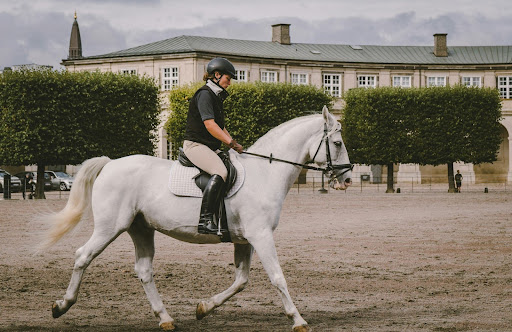
When you try to learn anything, it is best to go with proper planning to achieve the best outcome. So, you can follow these steps:
Warm-up and Stretching:
Think about athletes. Before they start games, they always do some running to make their body warm and flexible. Just like that, when you're about to start riding, you can do some light exercise to improve your performance. Try to do stretching, and it will help your hip, legs, and ankle align with your horse’s movement. Regular stretching can prevent any shock during riding.
You can also do planks for better riding posture.
You have to prepare your horse for riding as well. Do some light waking or with your horse to make your horse comfortable before doing heavy activities.
Refining Your Basics:
Improving your fundamental techniques can lead you towards being an intermediate rider. For that you need to keep working on these:
1. Wearing perfect attire: Before you get on the saddle, wear your equine outfit correctly. This will give you confidence and protect you from injuries. Regardless of your riding style, wear boots with a proper hill to avoid falling.
2. Mount with confidence: Getting on your horse’s back is mounting. While you mount on the horse, start by putting your left foot in the stirrups. Make sure you maintain balance.
3. Independent Seat: When you’re on horseback, develop an independent seat. It is crucial for the rider and horse. Then, you can get on the saddle maintaining a relaxed mind, straight posture, and Stability.
4. Gentle reins: Don't put all your efforts into the reins. Be gentle and give slow direction. Relax your arm and try not to pull the reins too hard. Otherwise, you may hurt your horse.
Mastering Intermediate Maneuvers:
Now, you know the basics from the above explanations, it's time to improve your strategies so you can consider yourself an intermediate rider.
- Trotting with Confidence: Trotting is one of horses' gaits where horses' legs move in pairs. You can learn rising trot and sitting trot. These can be tricky, but trotting becomes easier if you maintain balance and timing.
- Smooth Canter Transitions: After trotting, work on the transitions from trot to canter. For this, You can use rising aid and ample leg pressure for the transition to canter lead. Let your horse adapt to the new gait. You can keep practicing using the aid to faster gait and slower gait transition. You can learn canter to gallop if you want to go to an advanced level.
- Beyond Walk, Trot, and Canter: You can explore other gaits as well. Practice jumping is a thrilling method to achieve your dream riding skill. Another option is exploring lateral gaits to refine control, and connection between you and your horse.
Pushing Your Limits - Advanced Skills:
When you have exceeded the above-mentioned points, try to set a goal for advanced learning.
- Try riding without stirrups. Without stirrups, you can develop a longer leg and deep seat. It allows great communication with your horse and develops an empathetic connection, Riders can develop better balance with longer legs and deep seats.
- When you’re trying exercises like jumping, you can face improper landing and sometimes, a fall. To avoid these, try to balance your weight on the horse. Calculating your distance and developing control over speed can save you from any unwanted situation.
Safety First, Important Precautions
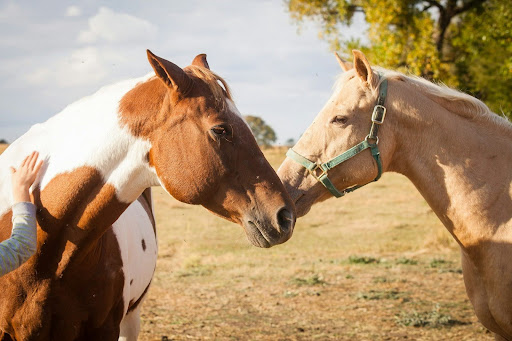
Horse riding is an exciting journey. But it can cause a dangerous situation if you are not aware. So, for your safety, you need to consider these steps-
Essential Gear for Every Ride:
When you're riding, you can meet any kind of accident. A quick turn of your horse can make you imbalanced and even, you can fall. A helmet can protect you from this kind of situation.
Always put on a helmet that is properly fit and comfortable.
Another safety gear is using protective padding. You can protect your lower leg using chaps and for the upper body part, a body protector will support you in any odd situation.
Knowing What to Do in Case of Emergencies:
Emergency situation can come without an invitation. Yet, we have to face the time with courage.
Calling 911 is the first thing you should do when a condition is serious. You can keep a first aid kit with you whenever you're riding. If you have a quick fall, try to lie down and ask for help from people.
Respecting and Caring for Your Horse:
When you’re training you need to be patient with your horse. Every horse has its unique characteristics and some horses are sensitive. If your horse is not cooperating with you, be gentle with it, give it some time. Safe handling during lessons can take you nearer to your riding goal.
Finding the Right Teacher ( Instructor Qualifications )
The right instructor can guide you to make your equine journey more meaningful. You must look for these points :
Certified and Experienced:
You can look out for an experienced teacher for your intermediate training. It is best to look for an instructor who has certifications from any renowned organization. Such organizations can be
Certified Horsemanship Association (CHA) or British Horse Society(BHS). Credentials from these renowned organizations assure the expertise of an instructor.
Understanding Intermediate Riders:
You need to make sure you and your teacher have a great understanding. If you go for lessons from any teacher who is only comfortable working with advanced-level riders, you will lose your confidence. So, instructors' teaching level has to match your expectations.
A Philosophy You Click With:
Remember, you learn better when you are free of worries and insecurities. So building a trustworthy relationship between you and your instructor is key to making your lessons successful.
Tracking Your Progress, Setting Goals and Seeing Results
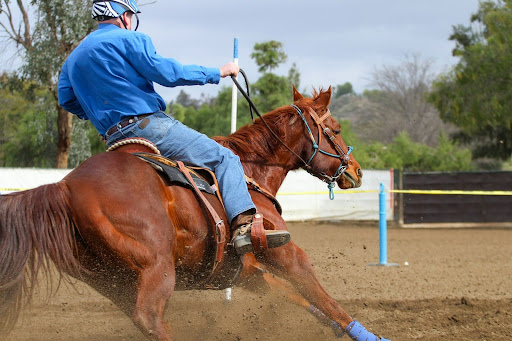
Regular Assessments and Feedback:
When you look at the bigger picture, the path seems quite hard. If you set your goals
and divide them into tasks, you can expect a better result. So, you can divide your lesson plan and give assessments regularly under the guidance of your instructor.
Checking feedback will let you know areas of improvement.
Frequency for Progress:
You can not learn your lessons all at once. Ask your instructor how many lessons you have to cover. It is suggested that you make a weekly lesson plan for better learning.
Independent Practice Makes Perfect:
Sometimes you will not have any instructor with you. Then you need to practice independently. Independent practice will enhance your problem-solving capacity and your riding skill will go on to the next level. You can make a routine according to your time and work on it.
Costs and Facilities, What You Need to Know
Stepping into intermediate horse riding requires some financial demands also. Financial aspects include the price of the plan, facilities, and so on. Let's look at the breakdown:
The Price of Progress:
As your goal is to become an intermediate rider, you can achieve this with some expenditure. Many kinds of individual lesson plans and group lesson plans are available. You have to make
$120 or more for private lessons. In the case of group lessons, that starts at $30. Some organizations or training centers often offer discounts on those plans.
What riding facilities and equipment are available?
It depends on which package you choose. Some organizations and clinics teach different styles and provide vacation experiences for a few days. Trail rides and lunge lessons are a few of them.
The riding center provides all the facilities depending on the package you choose. This training happens at ranches, or inside personal barns sometimes outside the arena.
Are there additional costs for horse rental and equipment?
You need your own equipment and horse tack for the training. Sometimes the training center provides the equipment but you need to pay for the bit, bridle, and other protective gear. If you own a horse then the cost will decrease.
Otherwise, you have to go for a horse rental option.
Your Riding Journey Awaits
Intermediate horse riding is a continuous journey for a rider. You have to learn the basics, Work on the basics then bring expertise to different gaits even take help from a professional teacher. In this article, you have already learned the learning sequence and you can easily master these skills.
You can comment down below how your experience being on an intermediate horse riding journey. You can also share this article with anyone concerned with their riding journey.
Recent Blogs
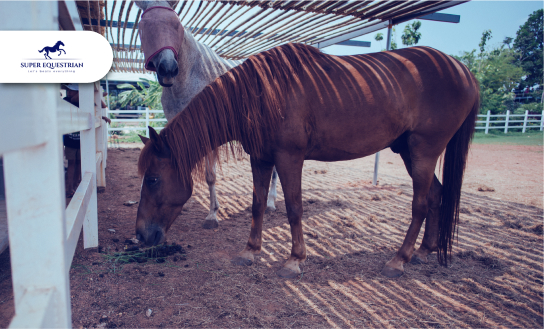
Common Equine Diseases and How ...
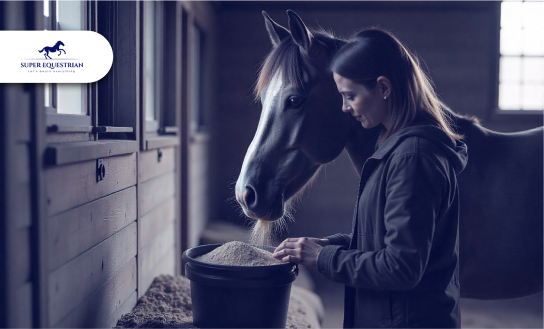
Equine Health Supplements: What Every ...
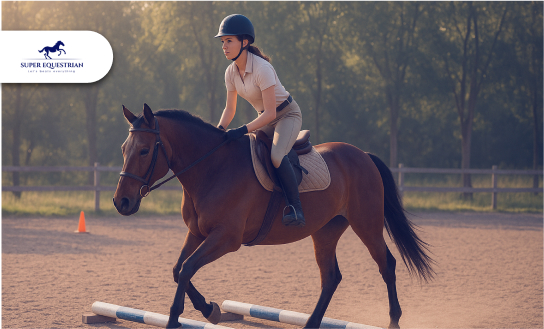
Jumping Basics: How to Prepare ...
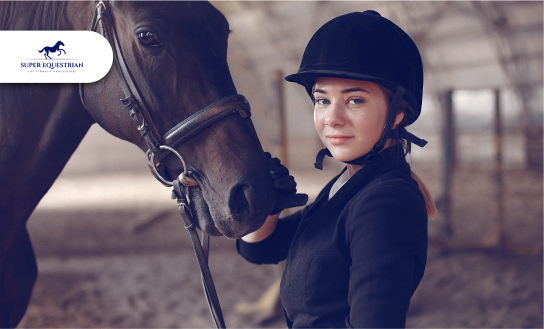
Essential Horse Riding Gear for ...
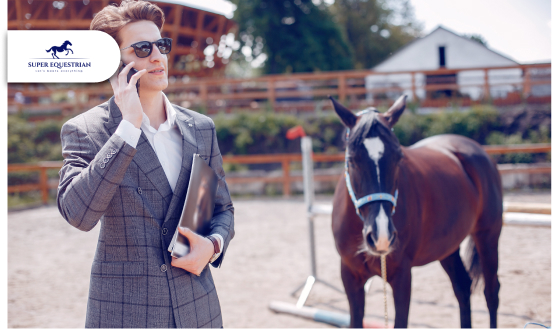
How to Balance Work, Life, ...

How to Balance Work, Life, ...
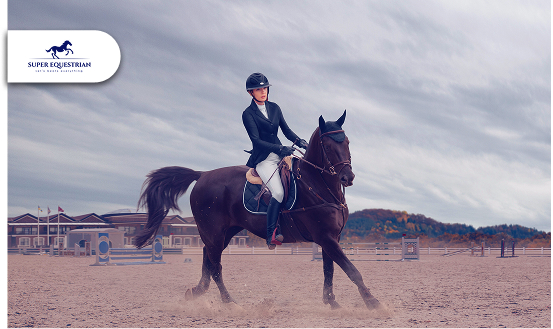
Top 5 Exercises to Improve ...
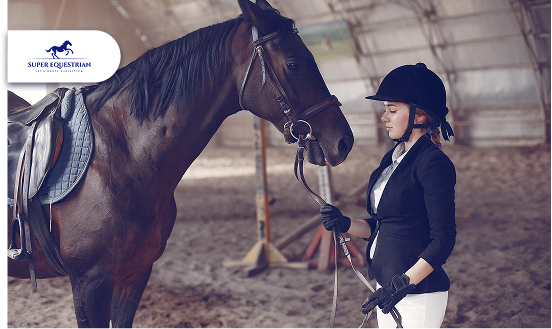
How to Build Confidence as ...
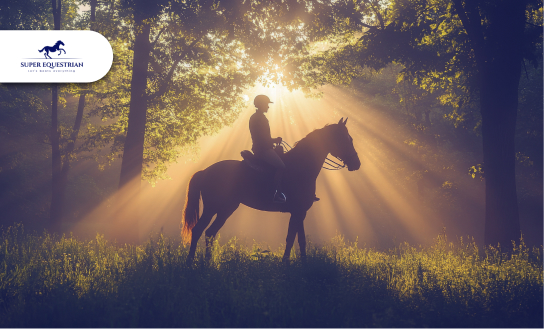
Spotlight on Equestrian Legends: Riders ...
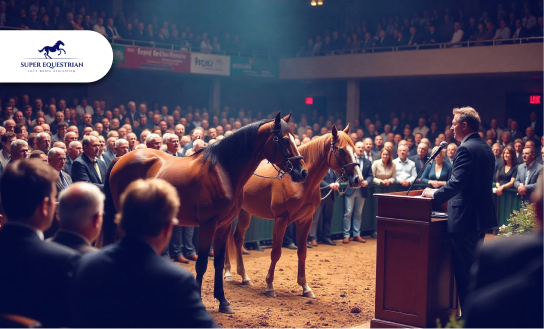
Horse Auctions and Sales...

Top Horse Friendly Travel Destinations ...

How to Build Stronger Bonds ...

Upcoming Horse Shows and Competitions ...
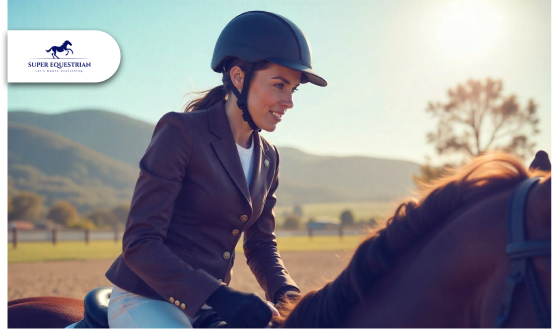
MIPS Equestrian Helmet The Future ...
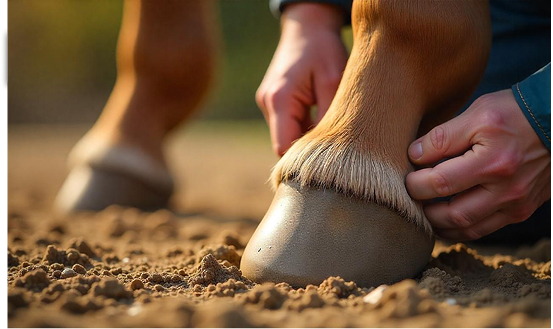
How to Recognize and Treat ...
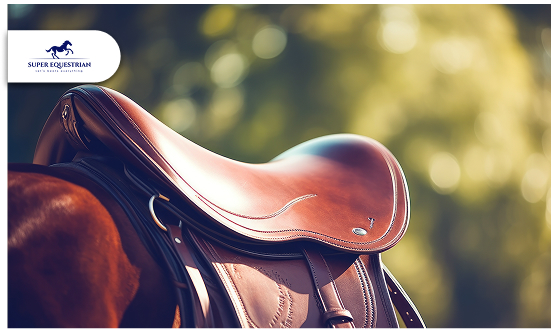
How to Choose the Perfect ...
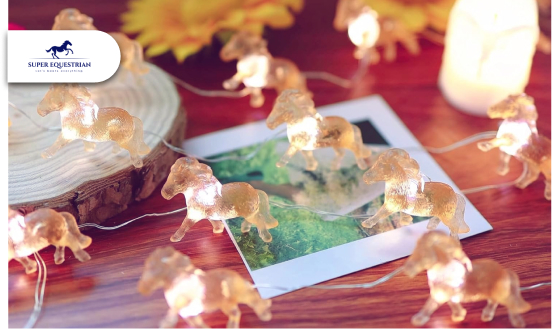
Horse-Themed Gifts Unique Ideas ...
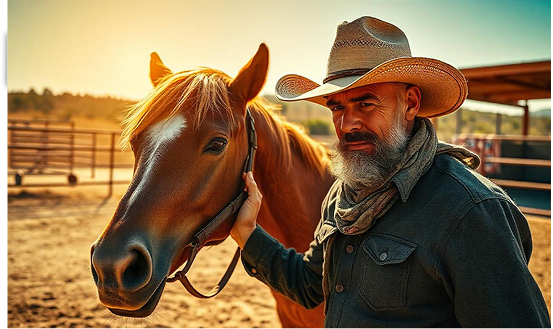
Horse Training Techniques: Creating A ...
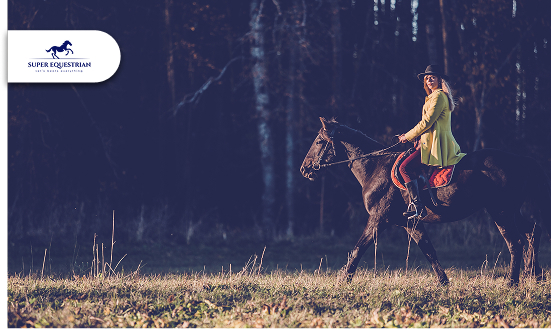
Horseback Riding Lessons – Everything You ...
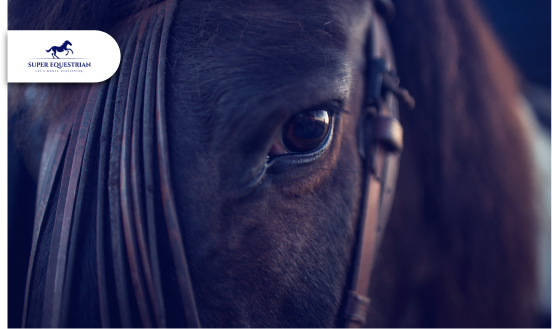
Horse Photography Tips: Learn the ...
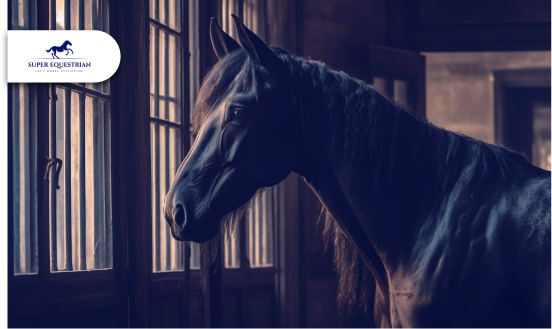
Horse Stable Management: The Quiet ...
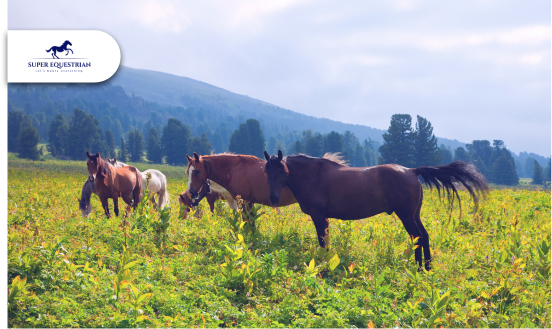
Horse Rescue Organizations: A Profound ...
Horse Racing Events A Look ...
Best Horse Manure Fork Six ...
What Are The Rarest Horses ...
What Does It Mean When ...
Horse Insurance Providers This Is ...

Horse Behaviour and Psychology: Learn ...

How Much Does a Horse ...
.jpg)
Best Monoflap Saddles For Your ...
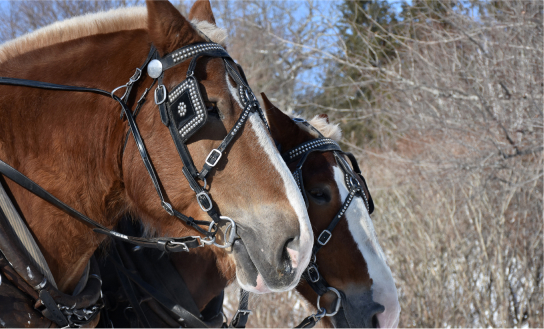
Best Hackamore For Barrel Racing...
.jpg)
Best Barrel Racing Reins Top ...
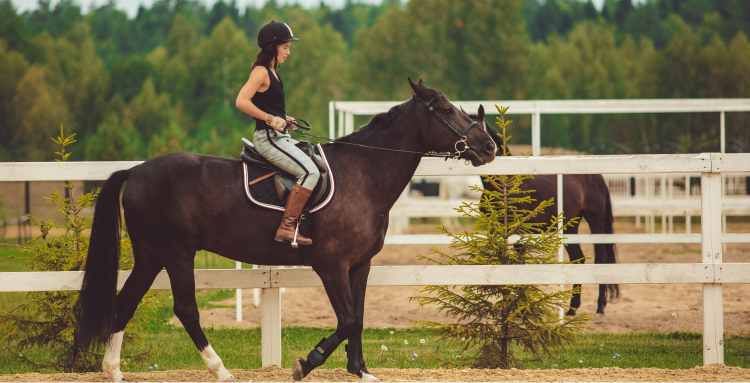
Horse Anatomy And Physiology: Facts ...
.jpg)
Best Stirrups For Ankle Pain - ...
.jpg)
Horse Care Tips and Tricks: ...
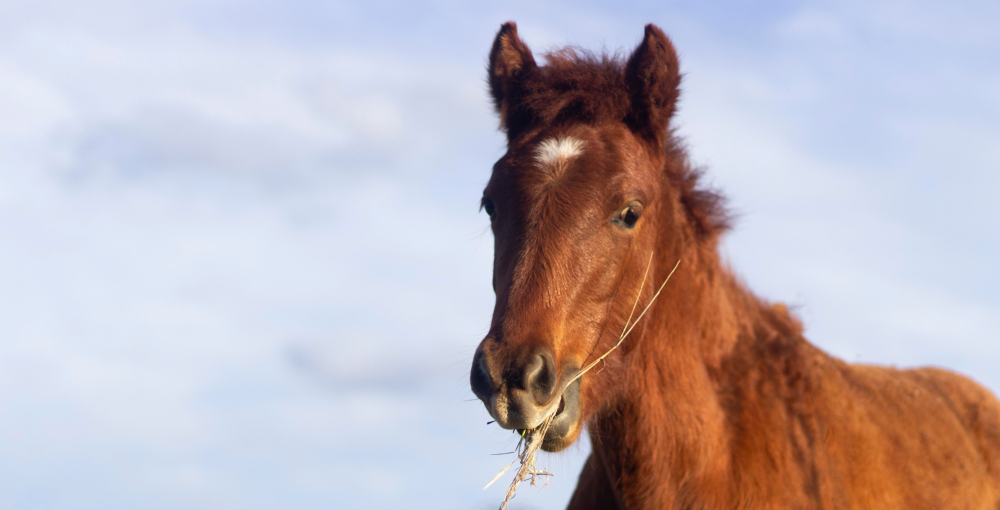
What Do Wild Horses Eat- ...
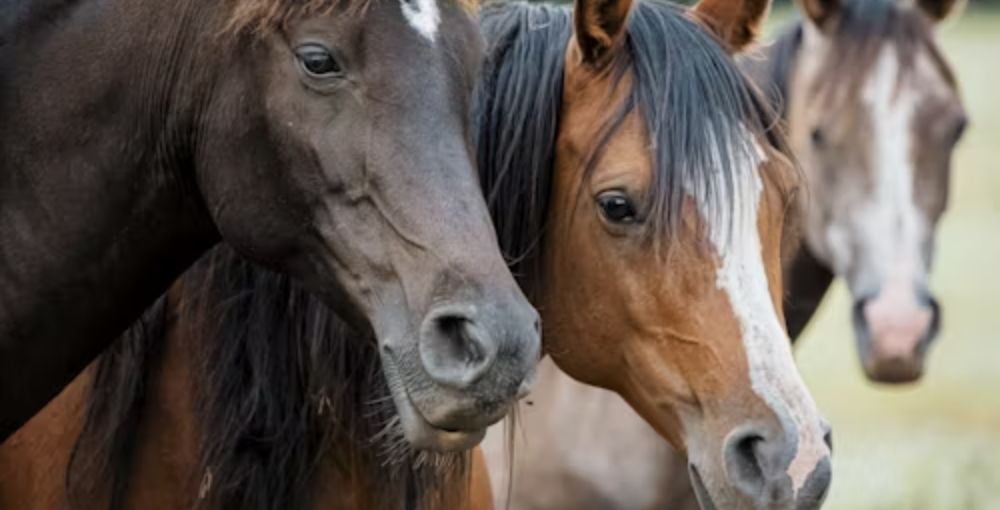
Horse Breeds and Characteristics: How ...
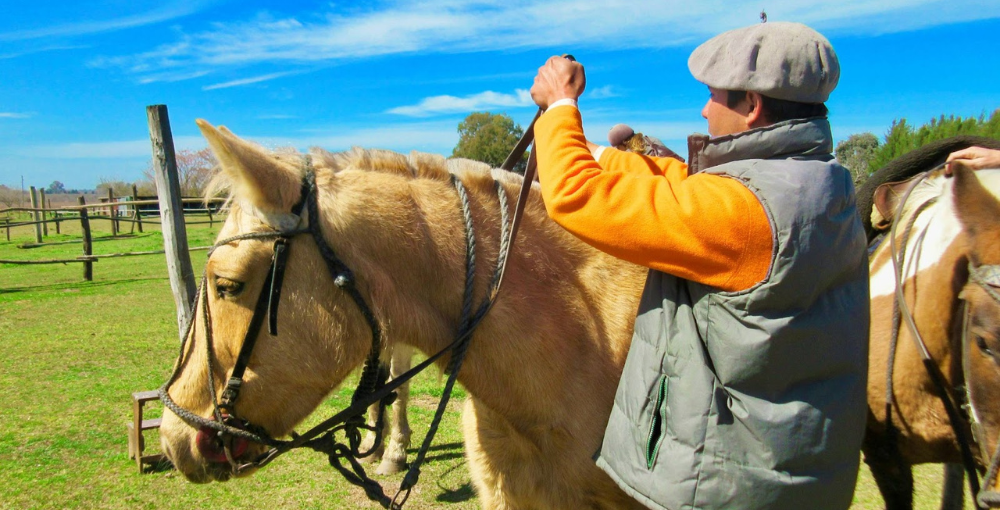
Best Barrel Racing Reins - Top ...

Horse Breeds and Characteristics: How ...
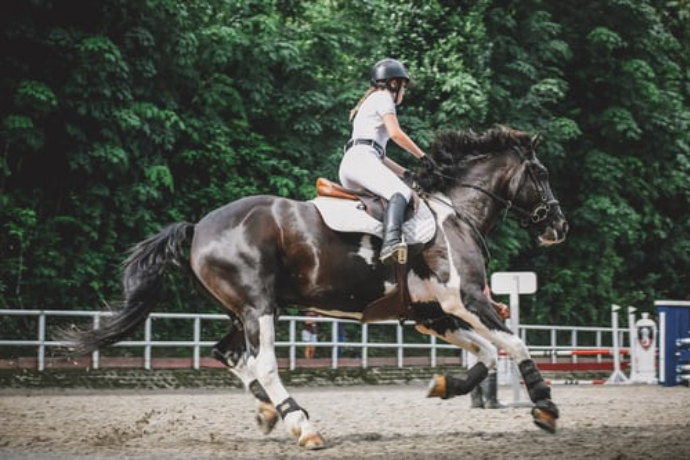
Best Breeches For Curvy Riders...
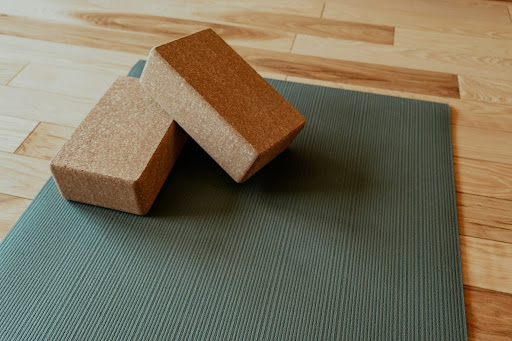
Best Stall Mats For Horses - ...

Best Horse Brushes ( A Thread ...

Best Saddle Rack ( Keep Your ...

Best Bit For Training a ...
.jpg)
10 Morgan Horse Show Held ...
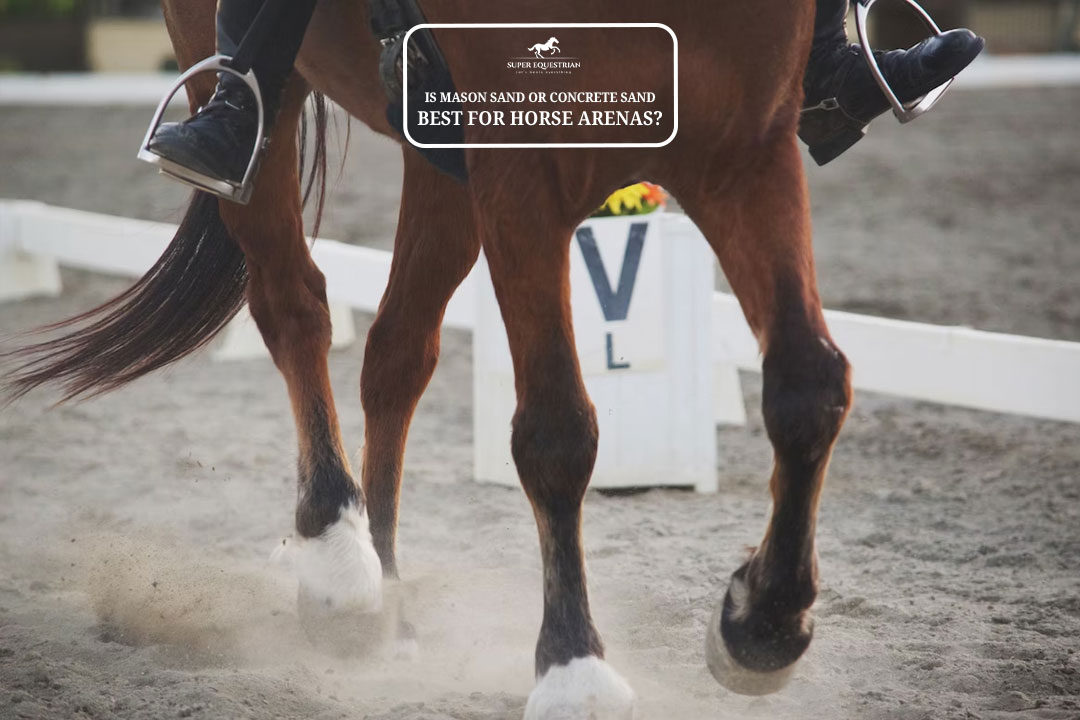
Is Mason Sand Or Concrete ...
.jpg)
Best Girth For Your Horse ...
.jpg)
Ranch Cutter vs Cowhorse Saddle? ...
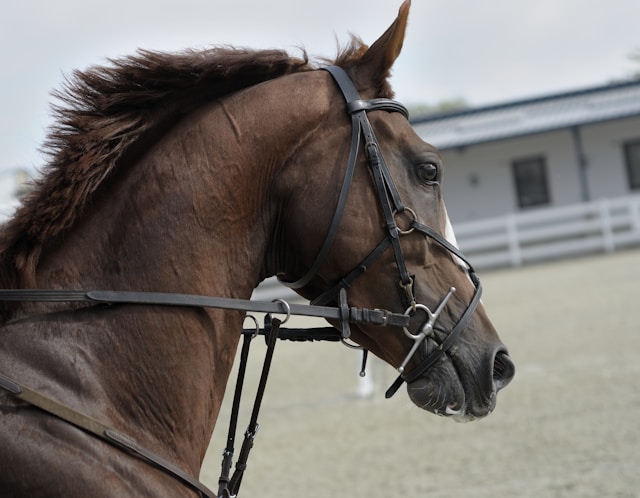
Types of Horse Bit and ...
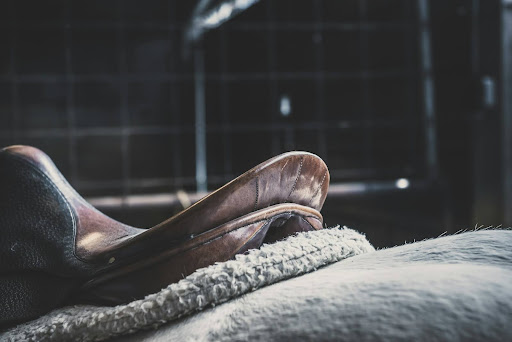
Is Hilason a Good Saddle ...
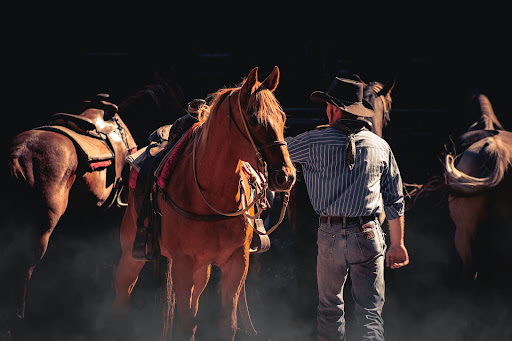
How to choose a bit ...
.jpg)
Best Salt Blocks For Horses...
.jpg)
Types of Horse Brushes (Equine ...
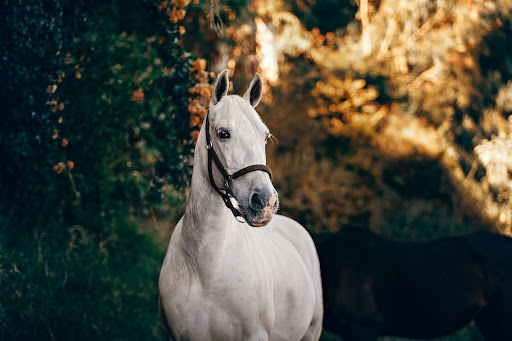
How To Get a Horse ...
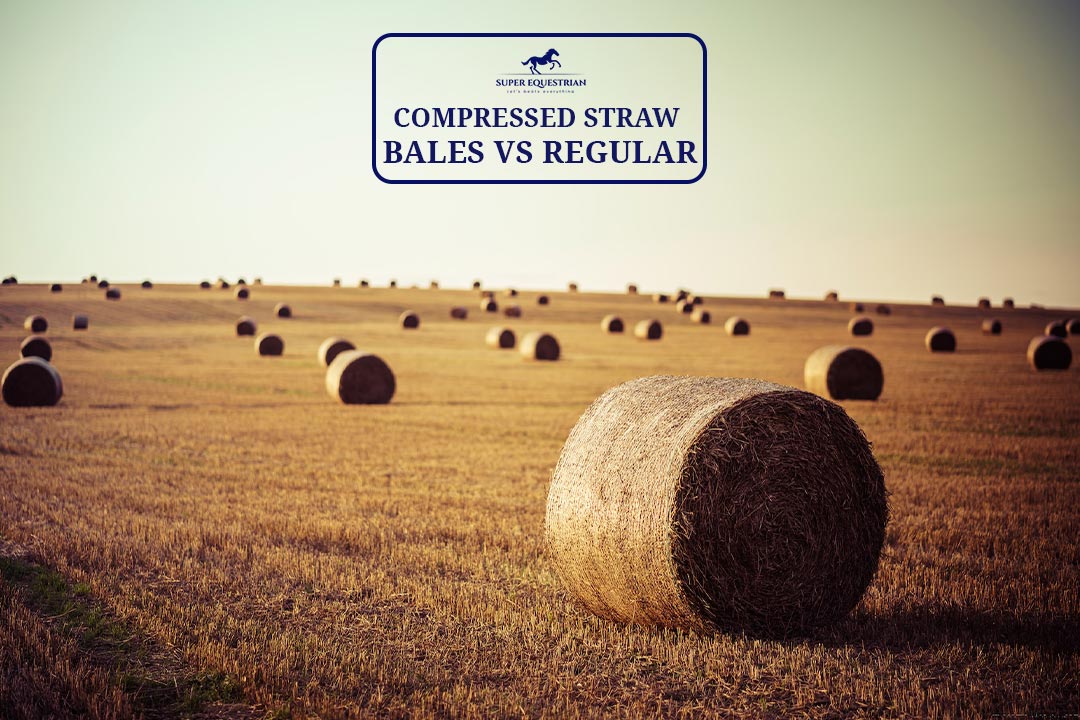
Compressed Straw Bales Vs Regular? ...

Horse Riding Lessons For Intermediate ...
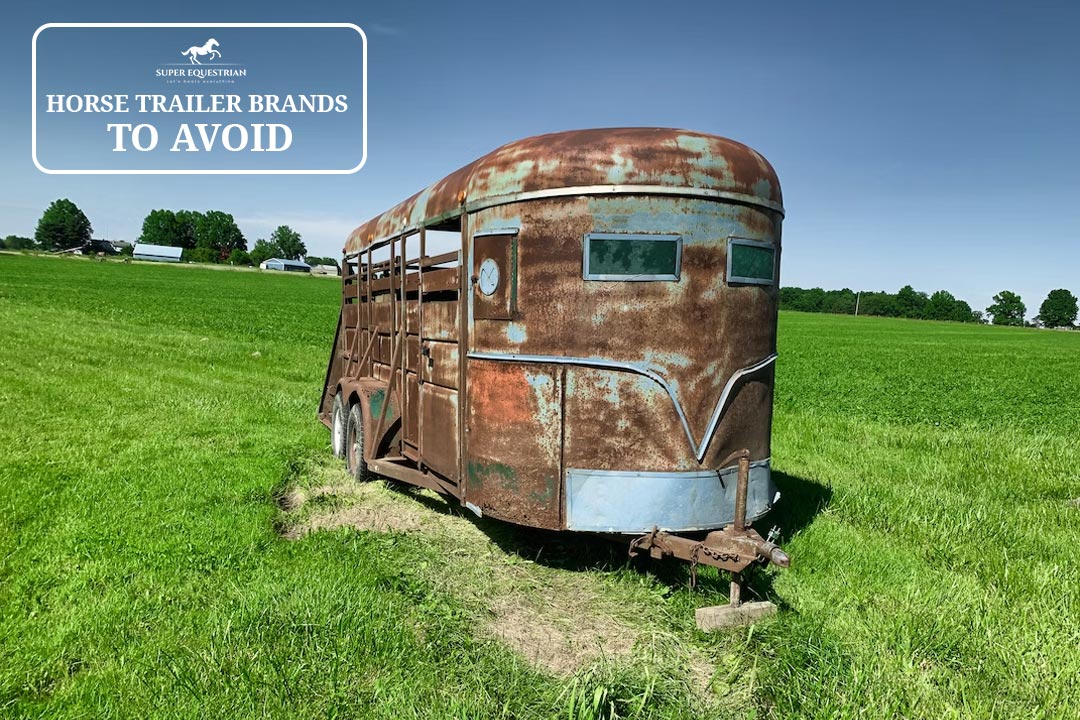
Horse Trailer Brands To Avoid...

Strawberry Roan vs Red Roan? ...
.jpg)
Gelding vs Stallion...
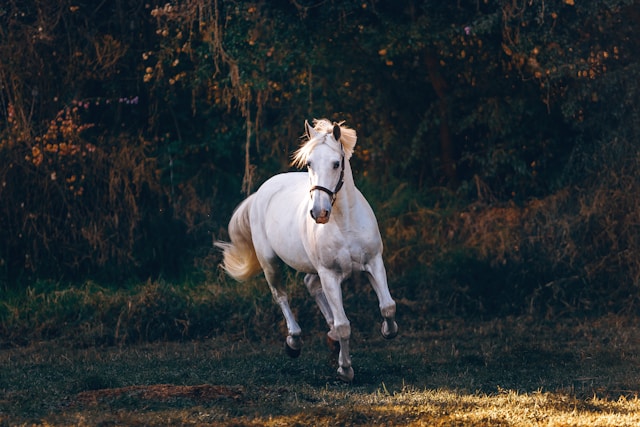
Why Does a Horse Whinny? ...
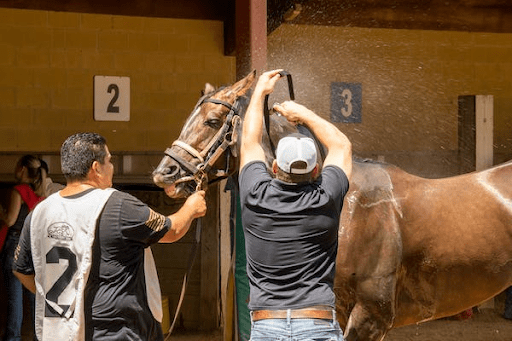
How to Clean a Rusty ...
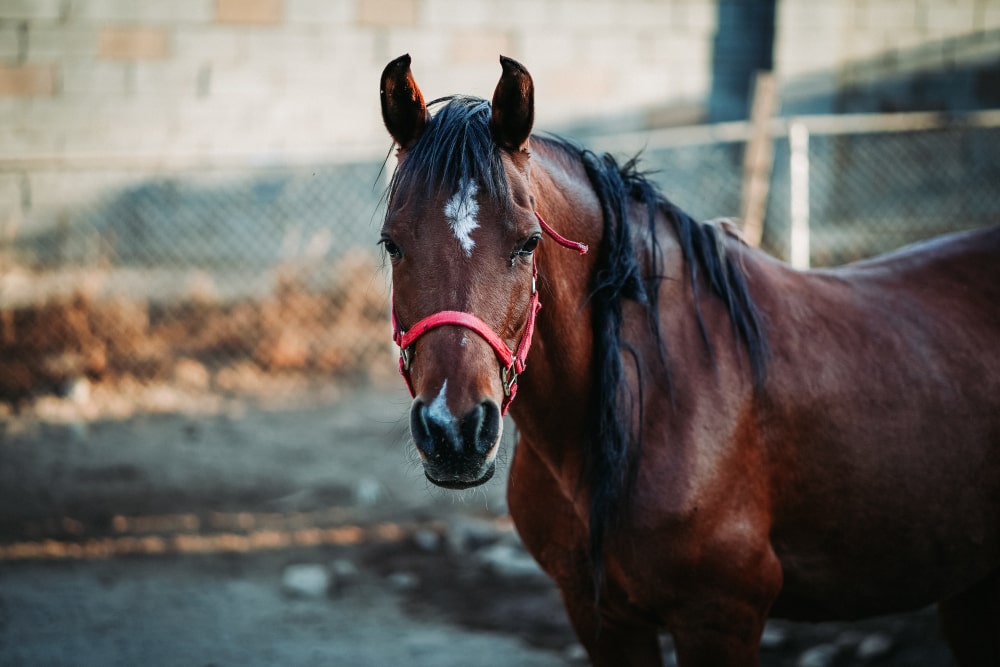
Why Do Horses Foam at ...
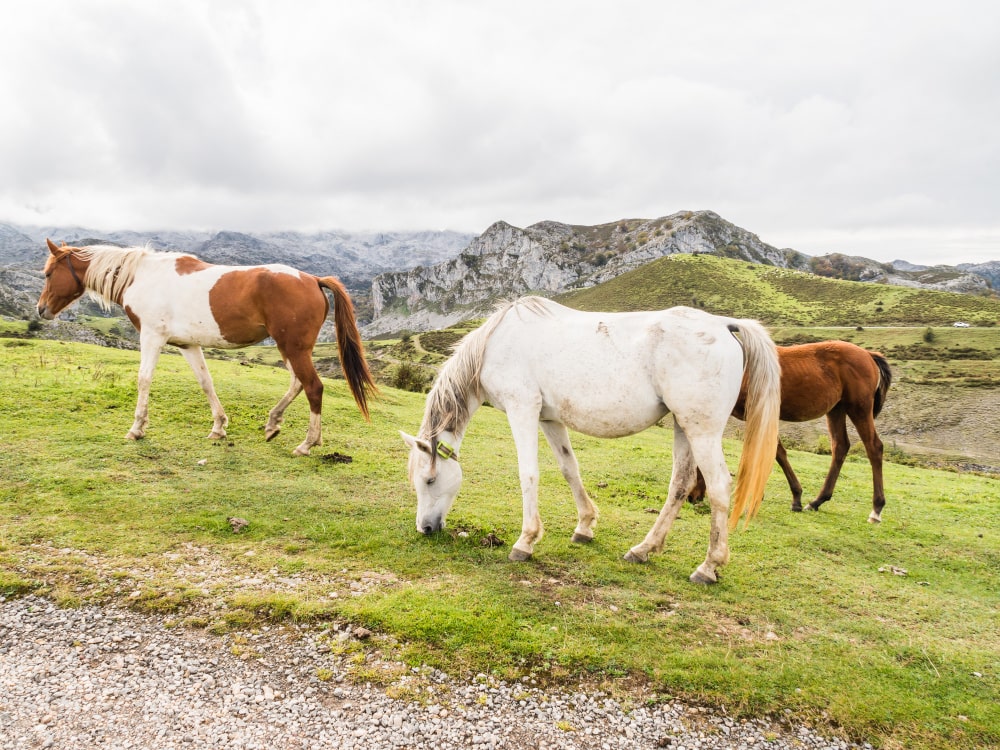
Why Do Horses Bob Their ...

Nutrition Unveiled: Triple Crown Senior ...
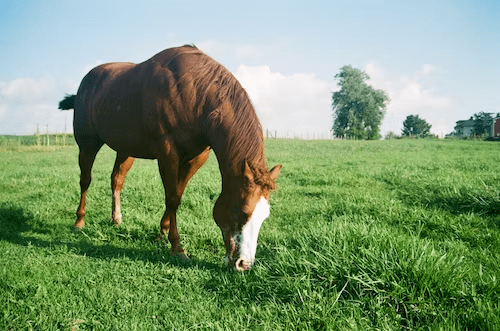
Pasture Pro Vs. Grazon: Horse-...
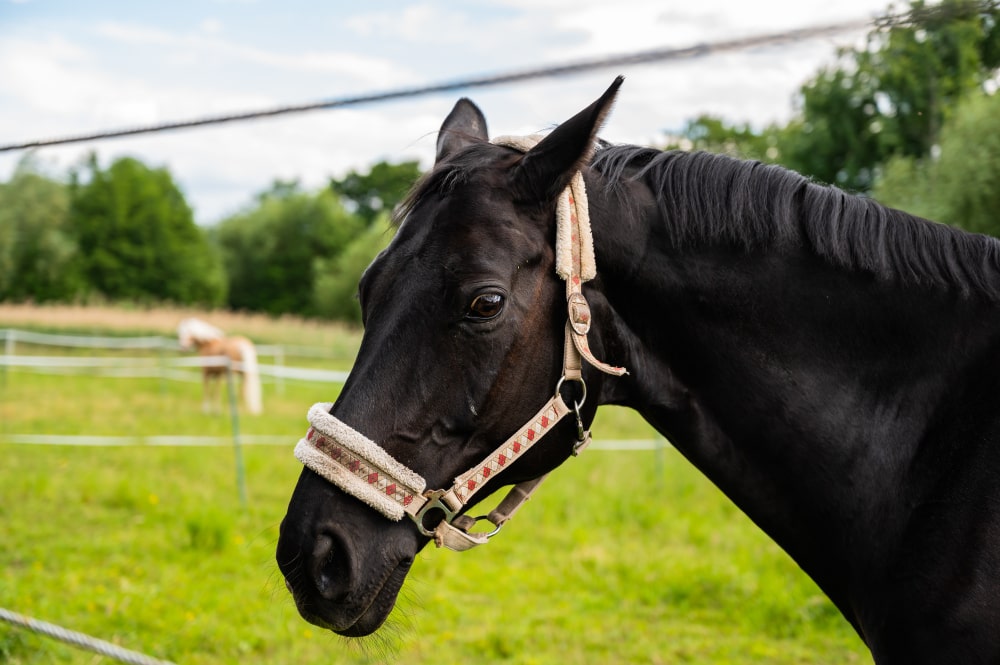
Dutch Gag Vs. Pelham: Bits ...
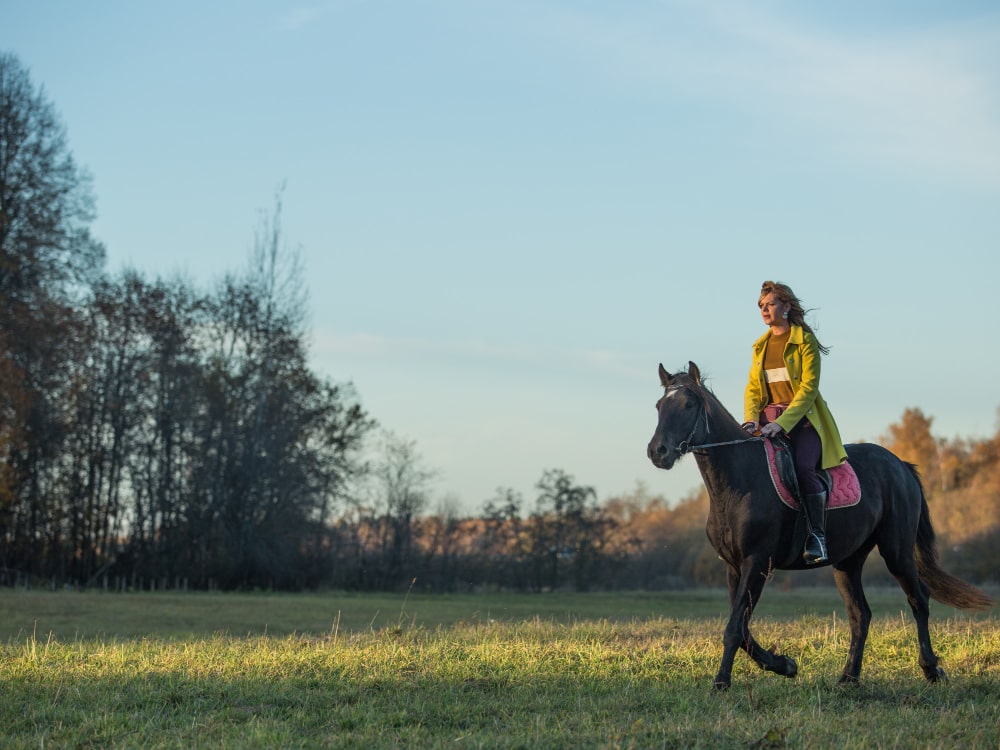
Walking Horse vs Racking Horse: ...
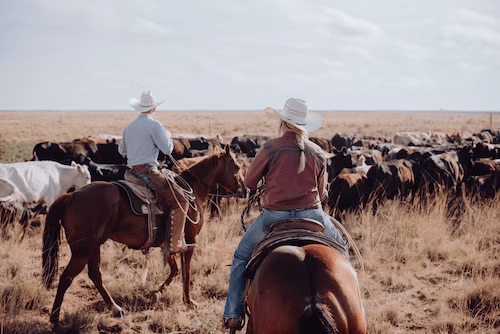
Wade vs Association Saddle: Your ...
.jpg)
Step Up vs Ramp Horse ...

Bosal vs Hackamore: A Head-...
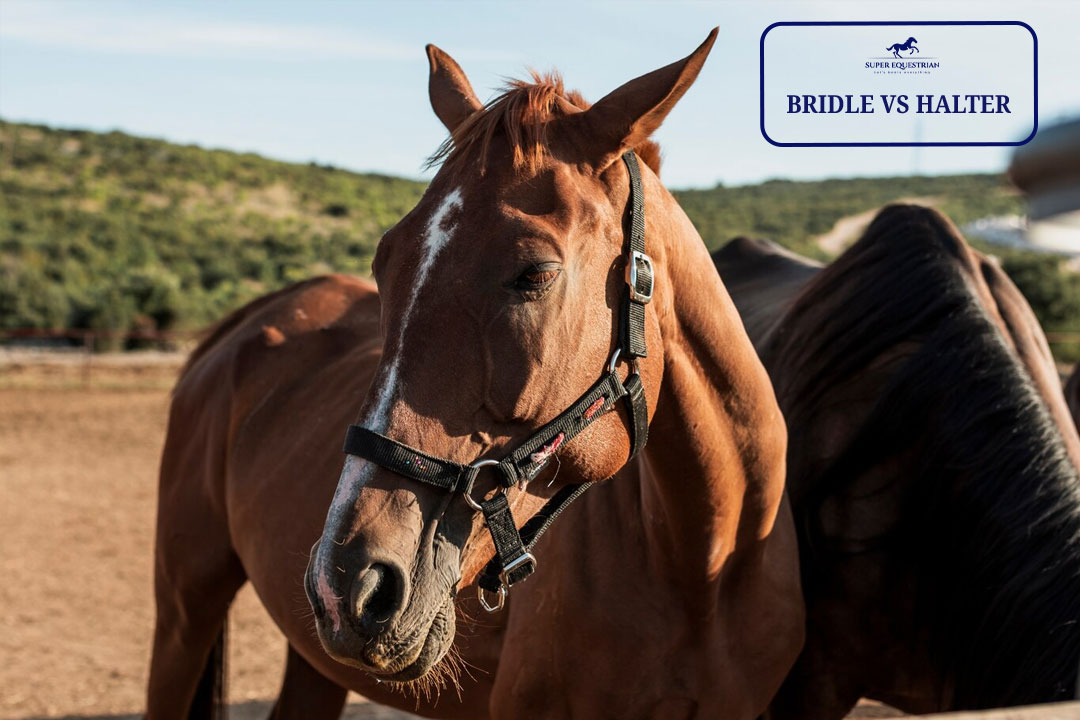
Bridle Vs Halter: Which One ...

Paddock Boots Vs Riding Boots: ...

Shadow Horse Trailer Problems: Causes, ...
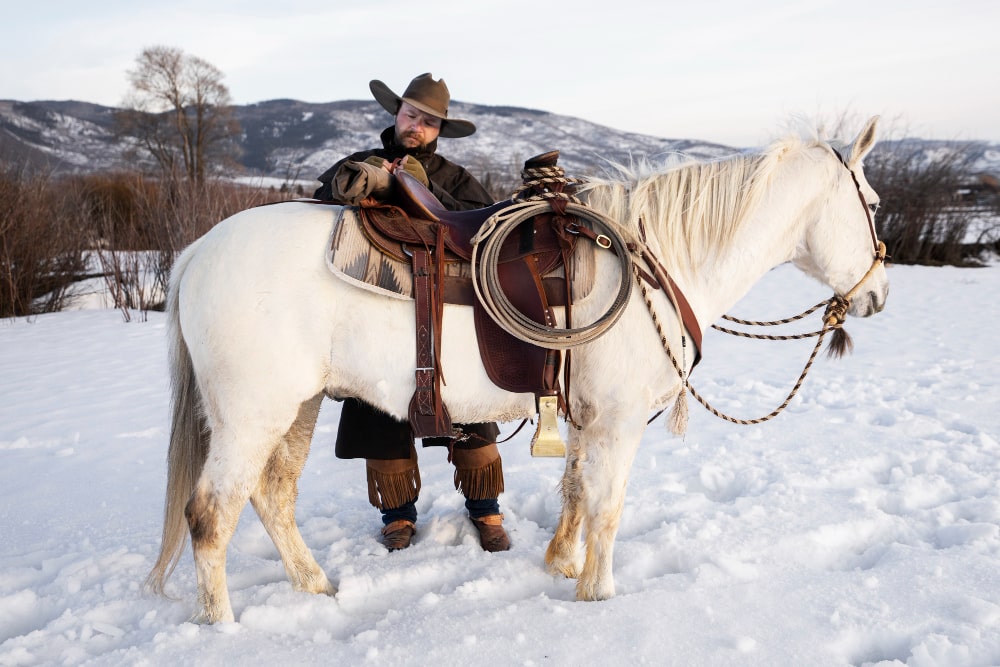
Are Billy Cook Saddles Good - ...

Let's Start at the ...
Benefits of Beet Pulp for ...
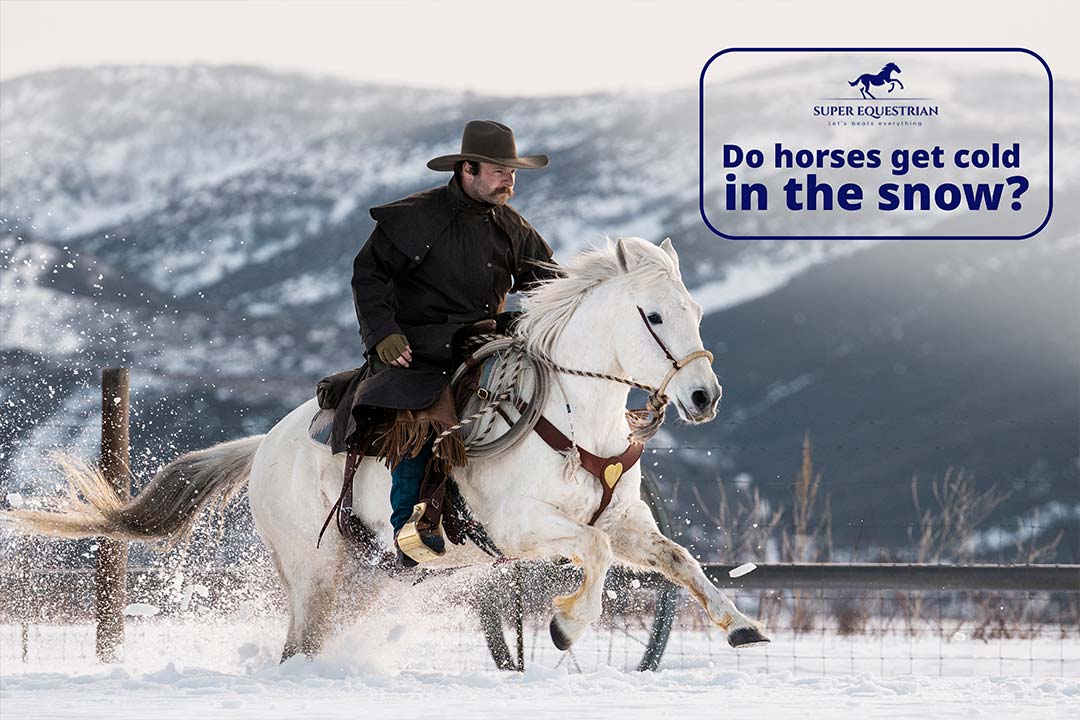
Do horses get cold in ...
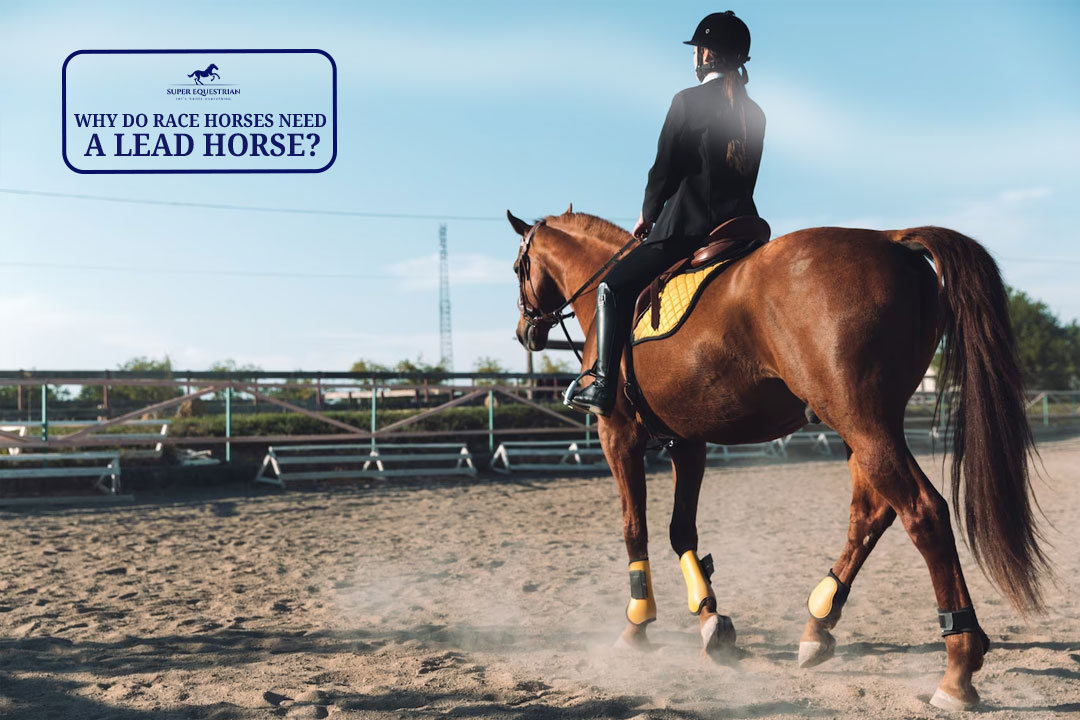
Why Do Race Horses Need ...
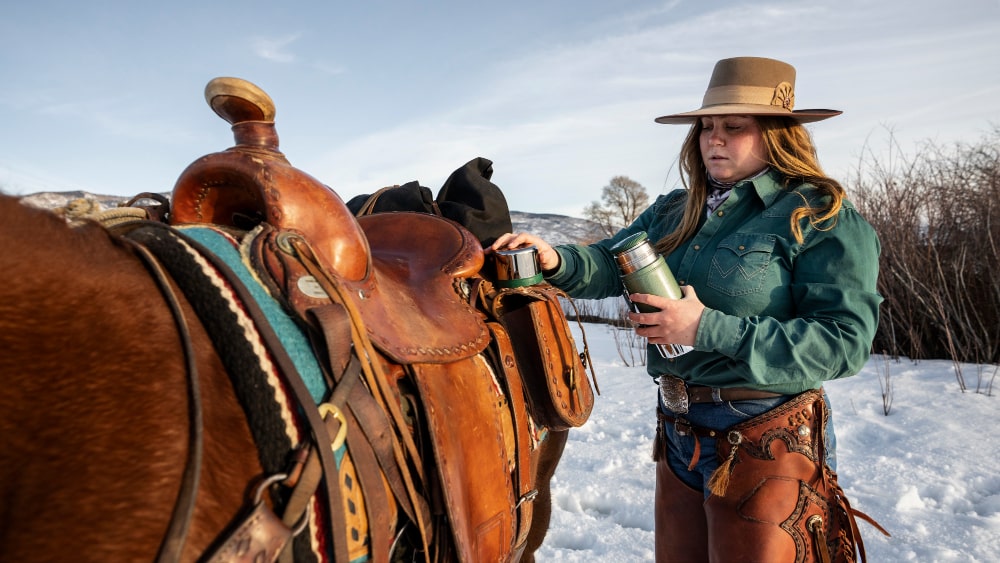
Ranch Saddle vs. Roping Saddle: ...

Round Pen vs Square Pen ...

Must Have Horse Trailer Accessories: ...
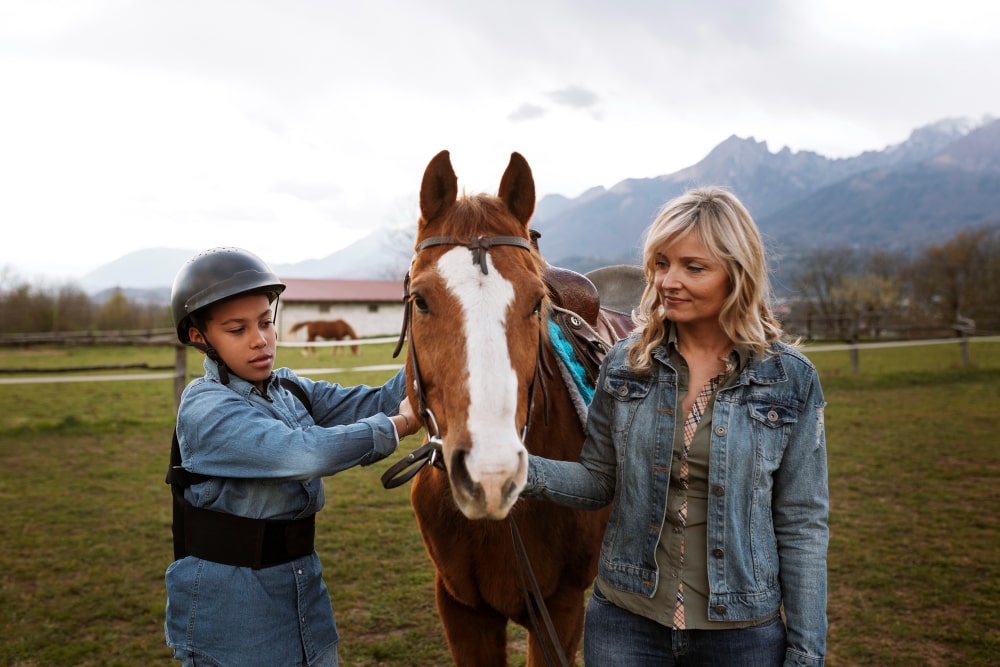
Is MIPS Worth for Equestrian?...
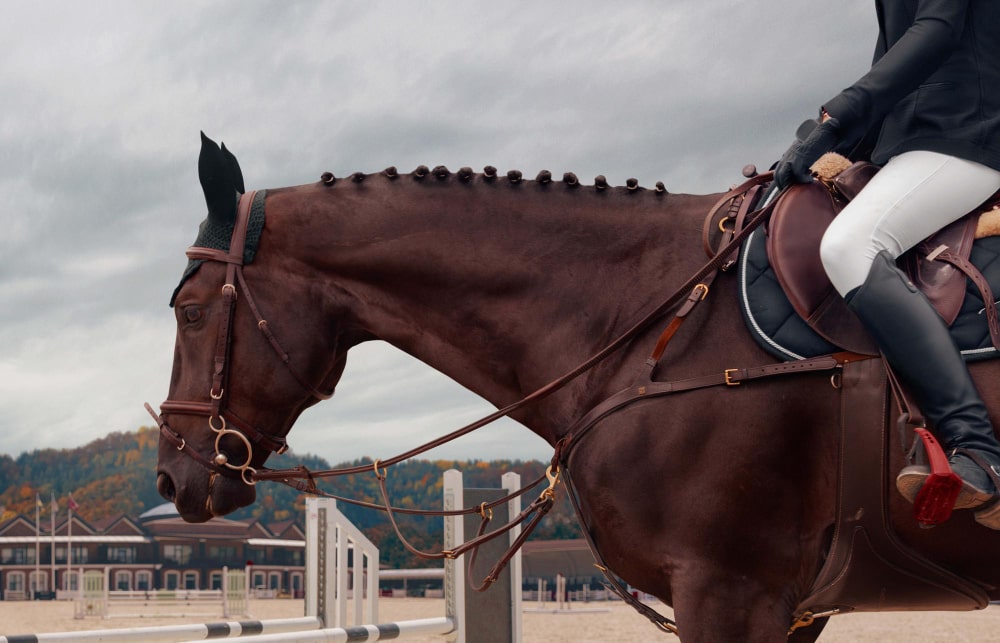
Natural Horsemanship vs Positive Reinforcement: ...

How to Mount a Horse ...
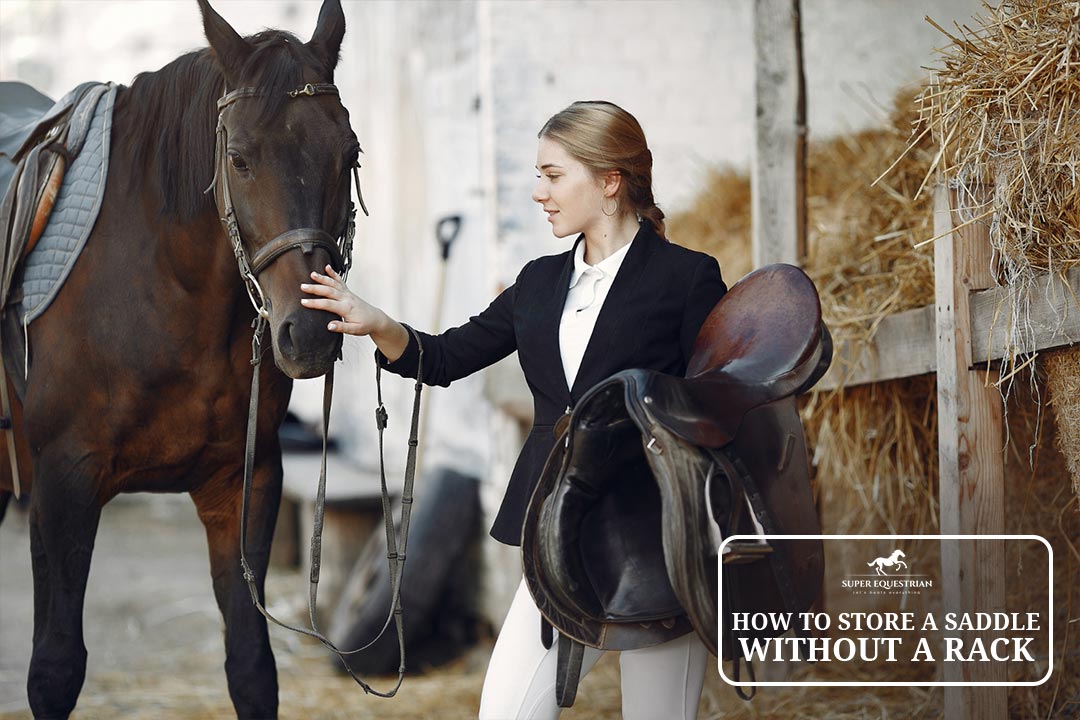
How to Store a Saddle ...
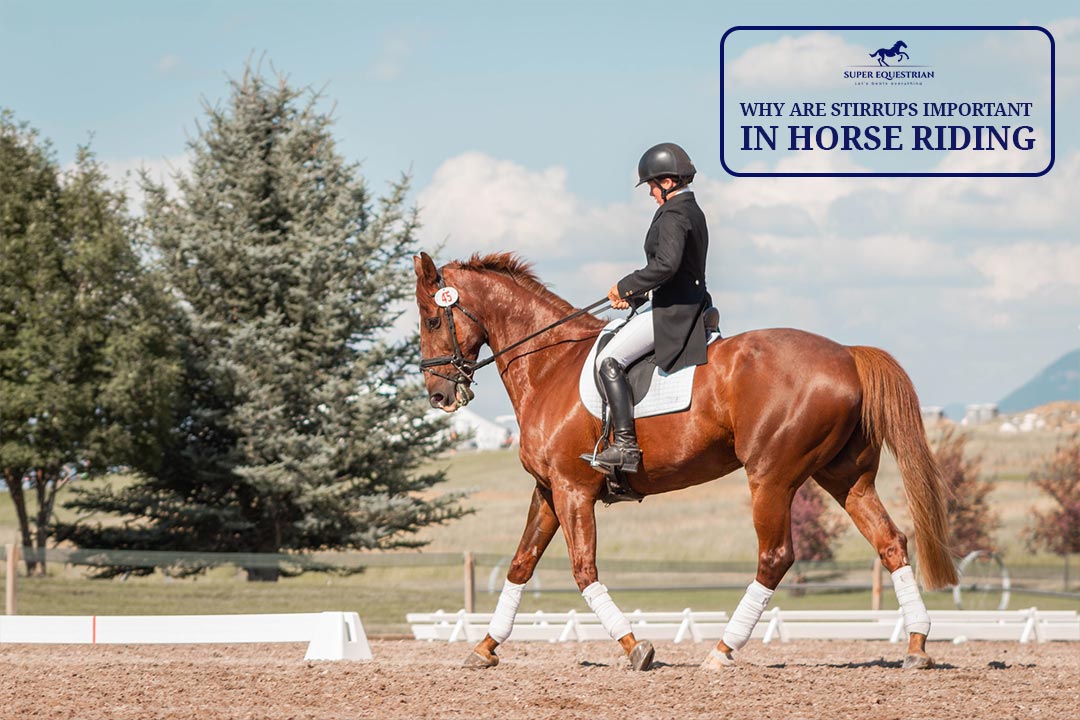
Why are Stirrups Important in ...
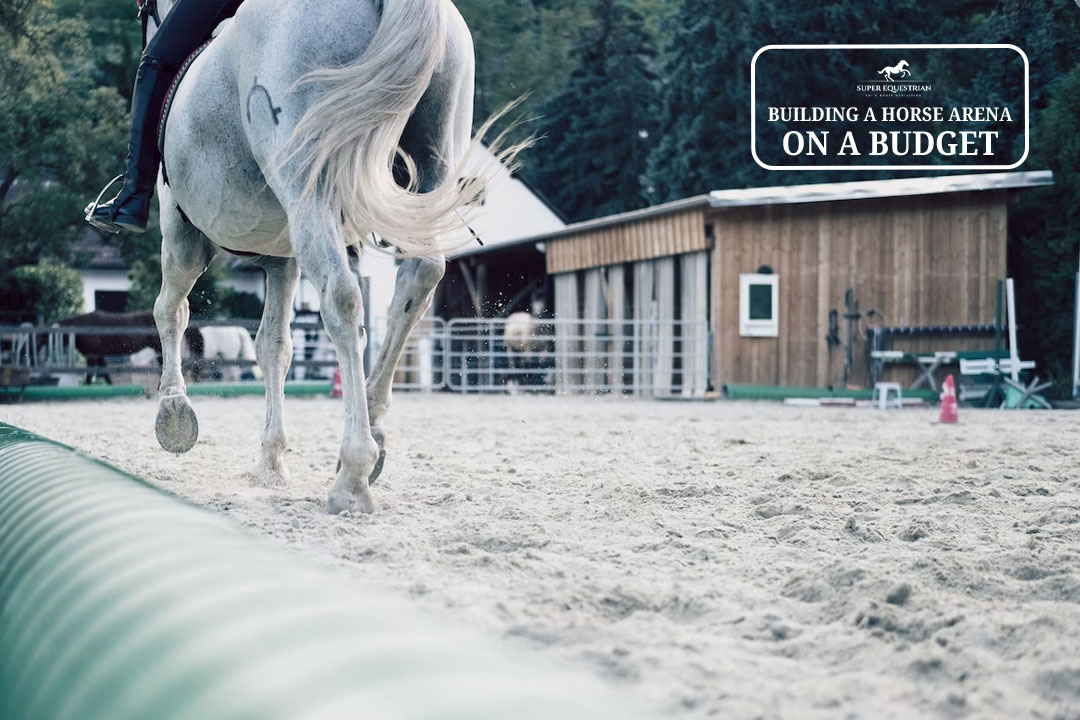
Building a Horse Arena on ...

How to Make Horse Treats ...

Order of Grooming a Horse...

Horse Riding Lessons Plan: The ...

Horse Trailer Roof Replacement and ...
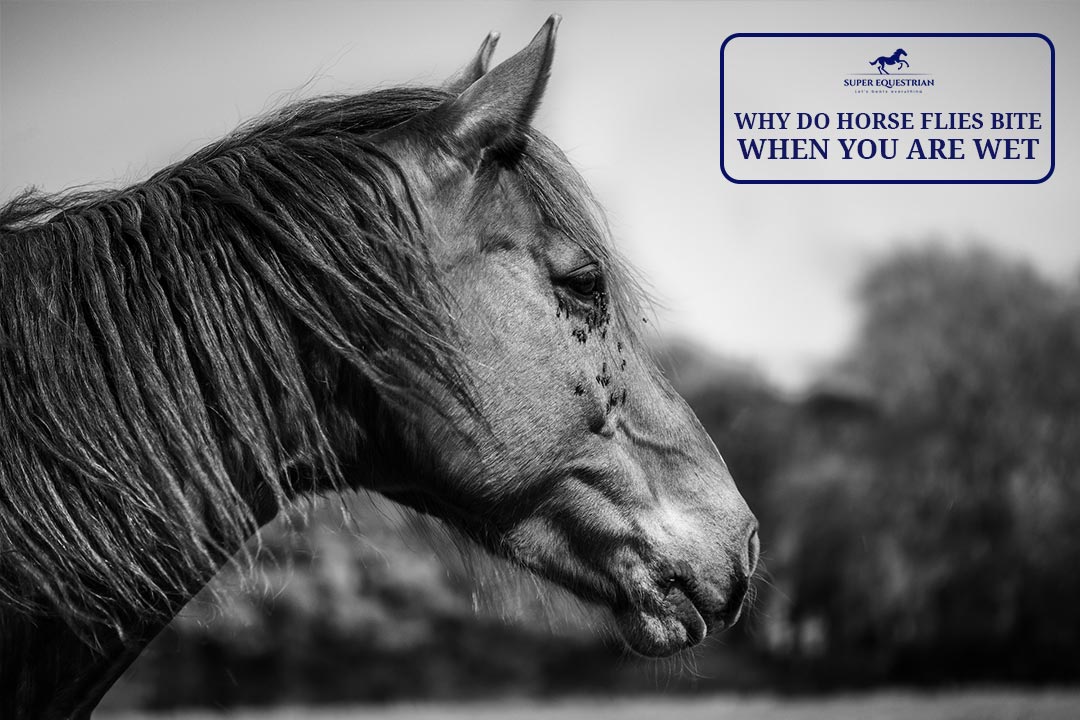
Why Do Horse Flies Bite ...
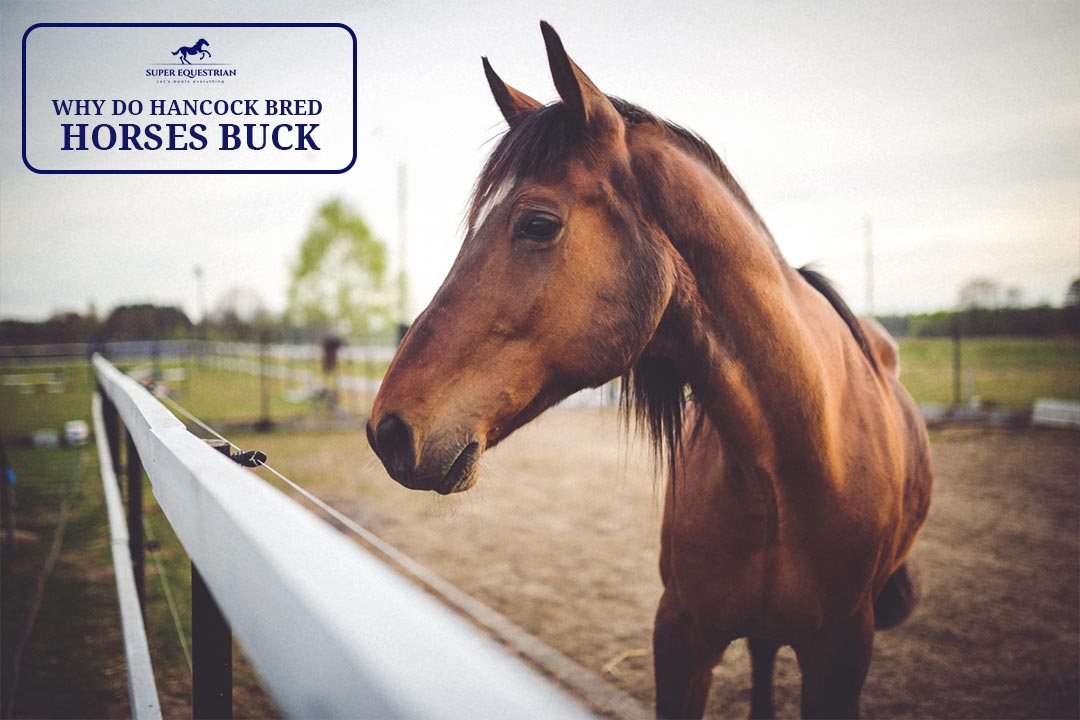
Why Do Hancock Bred Horses ...

Quarter Horse Bloodlines to Avoid...
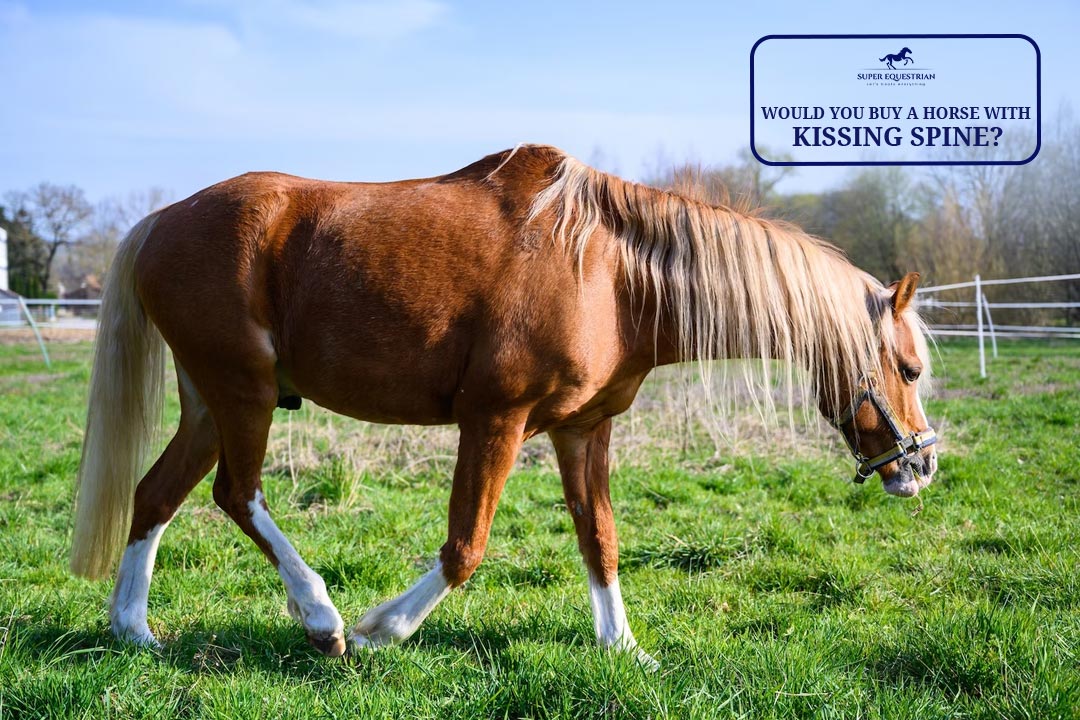
Would You Buy a Horse ...
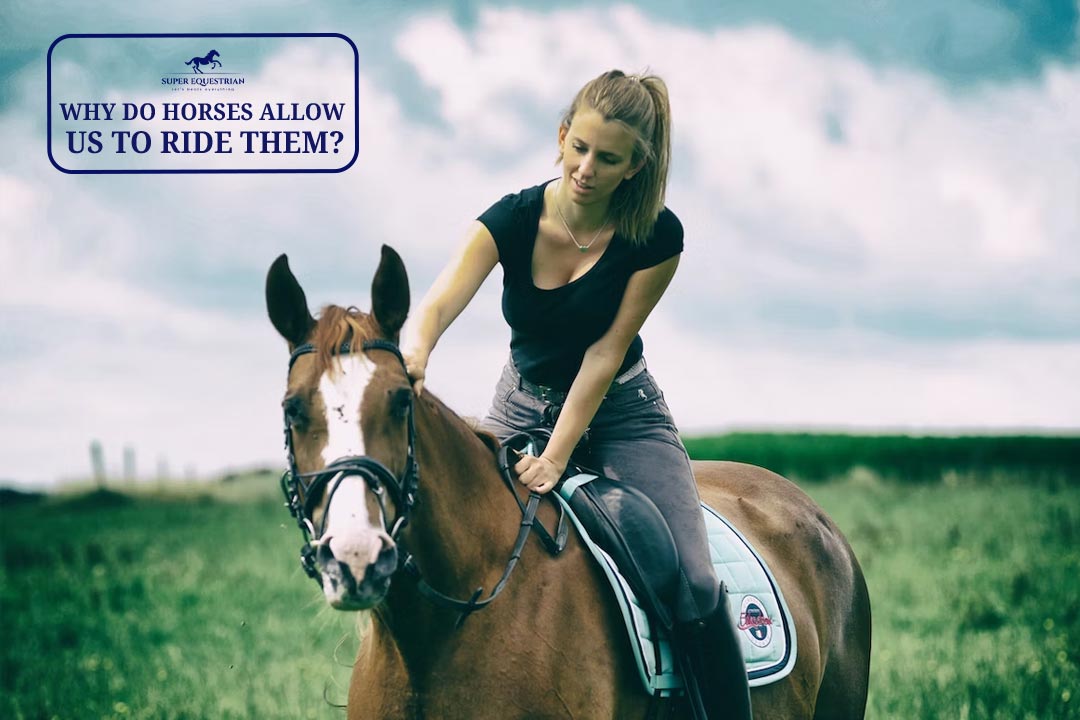
Why Do Horses Allow Us ...
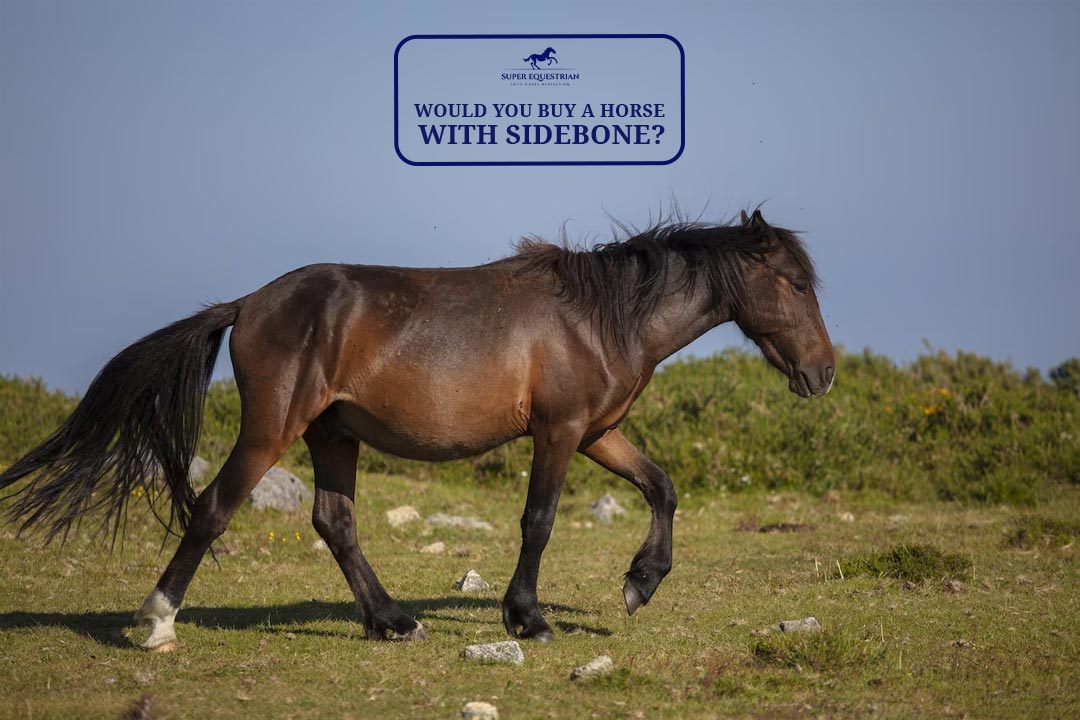
Would you buy a horse ...

Why Are Klapper Bits So ...
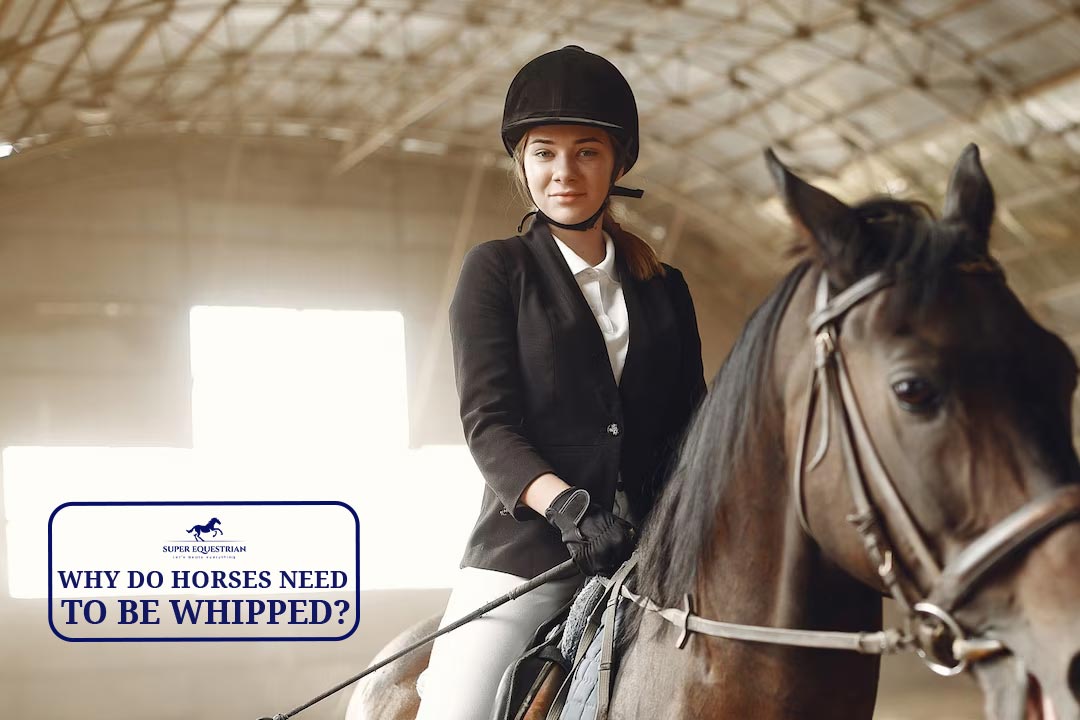
Why do horses need to ...

Why do you mount a ...
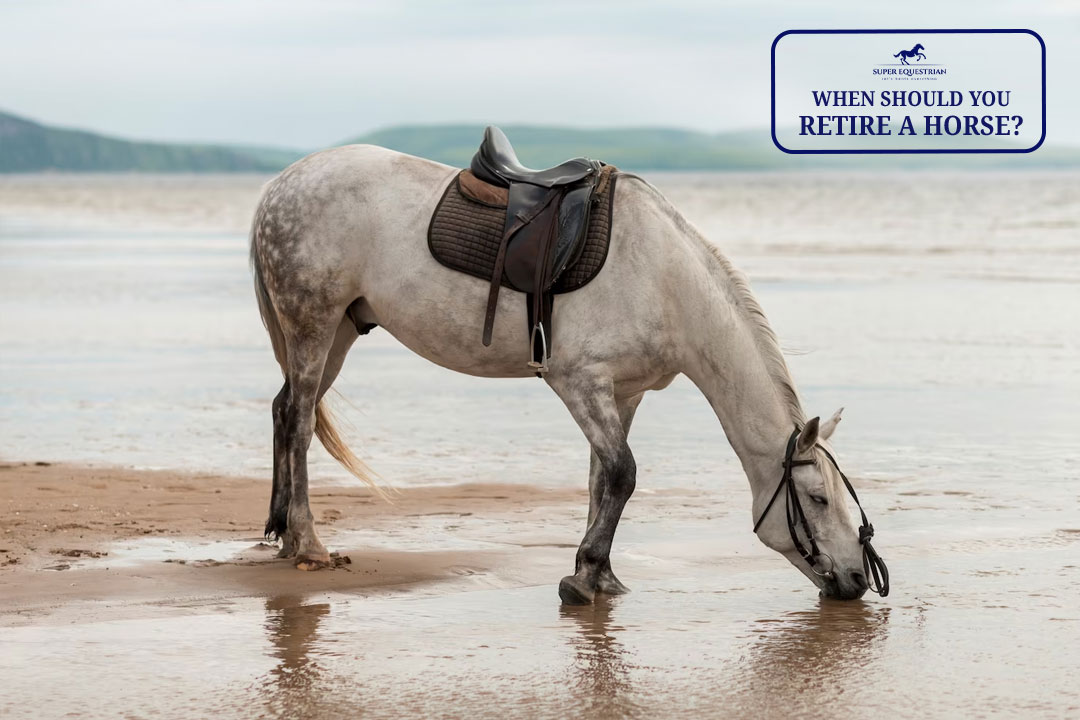
When Should You Retire A ...
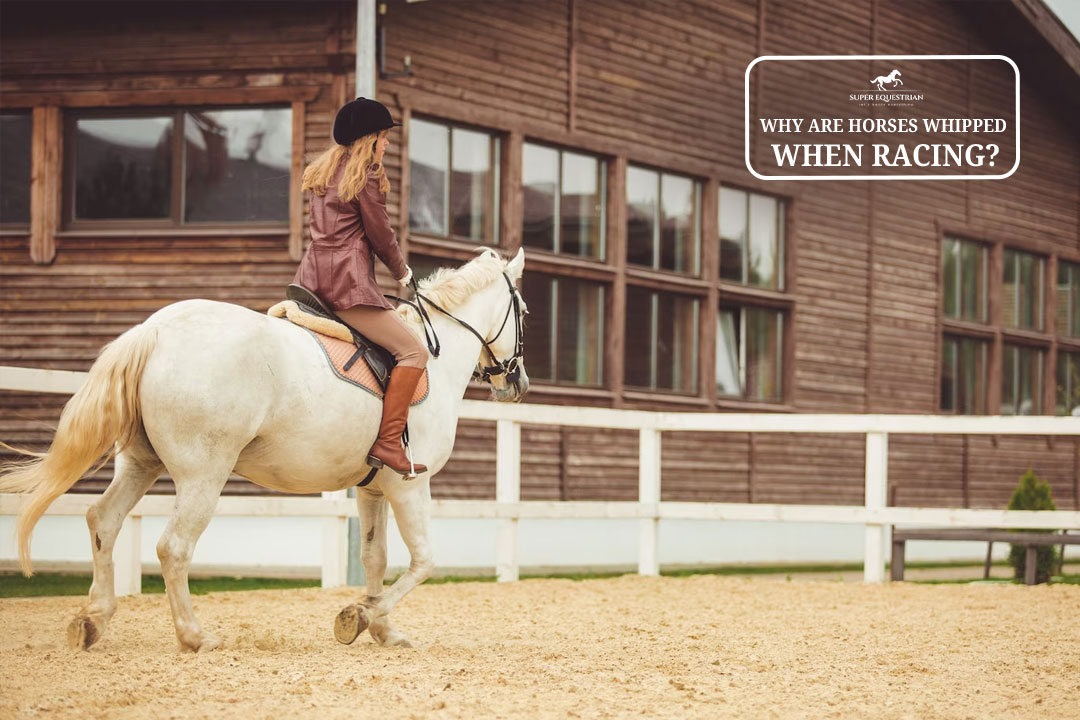
Why Are Horses Whipped When ...
.jpg)
Why Do Horses Have A ...
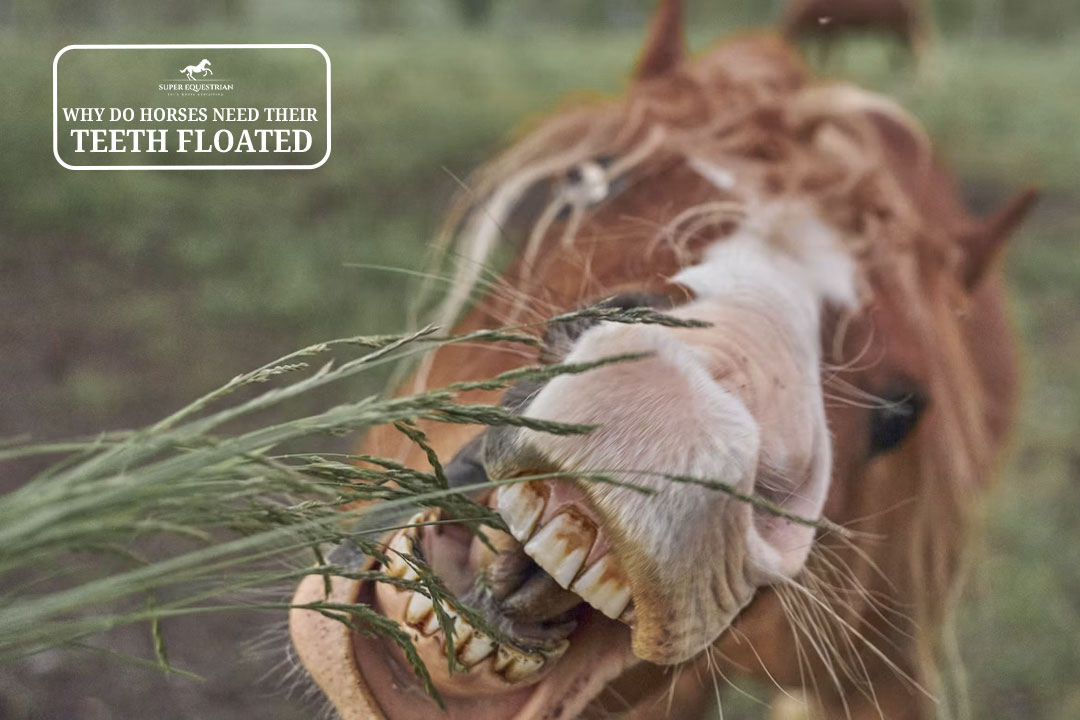
Why Do Horses Need Their ...

What To Do If Horse ...

What To Do If A ...
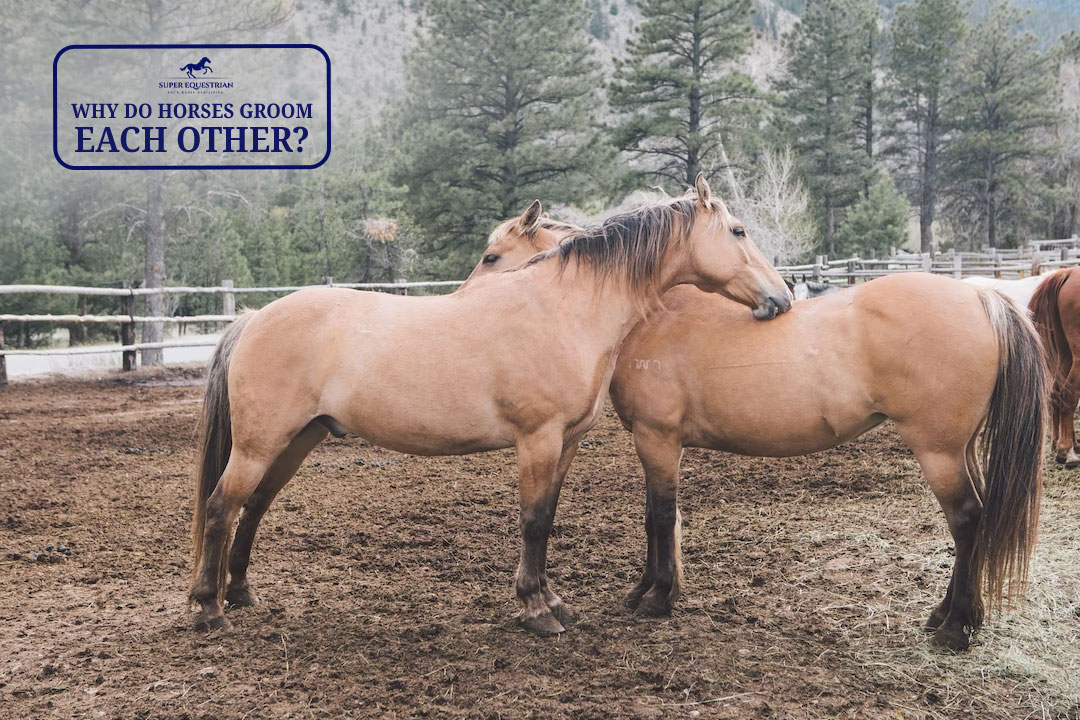
Why do horses groom each ...
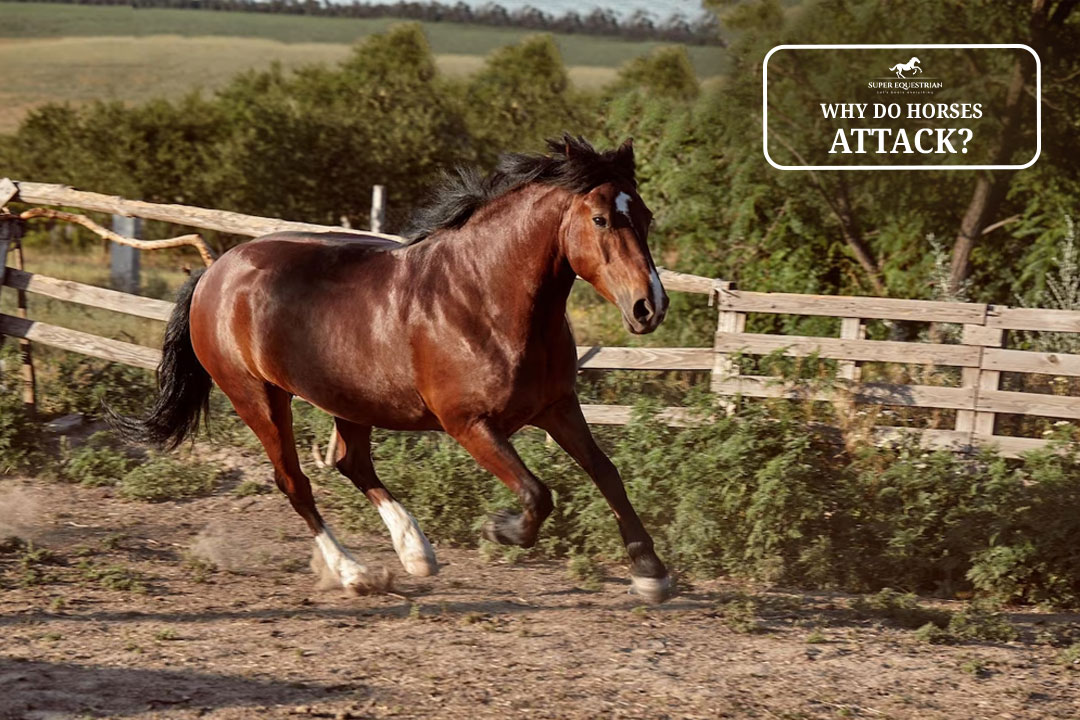
Why do horses attack...

Should I Use a Martingale ...

How to fit bell boots ...
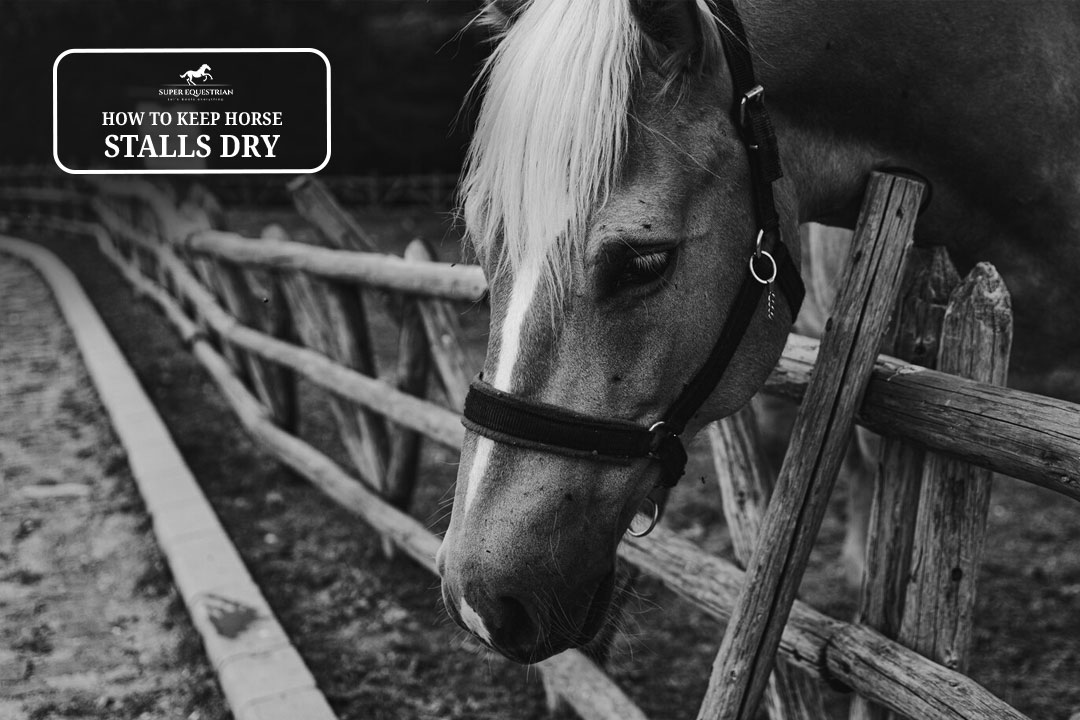
How To Keep Horse Stalls ...
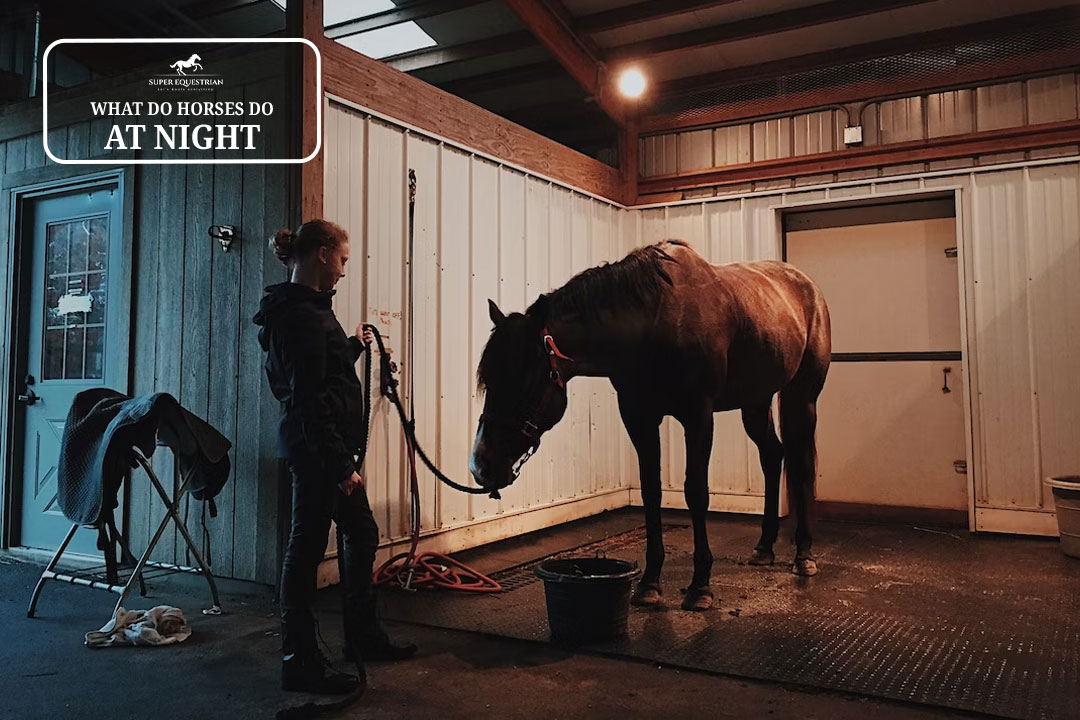
What Do Horses Do At ...
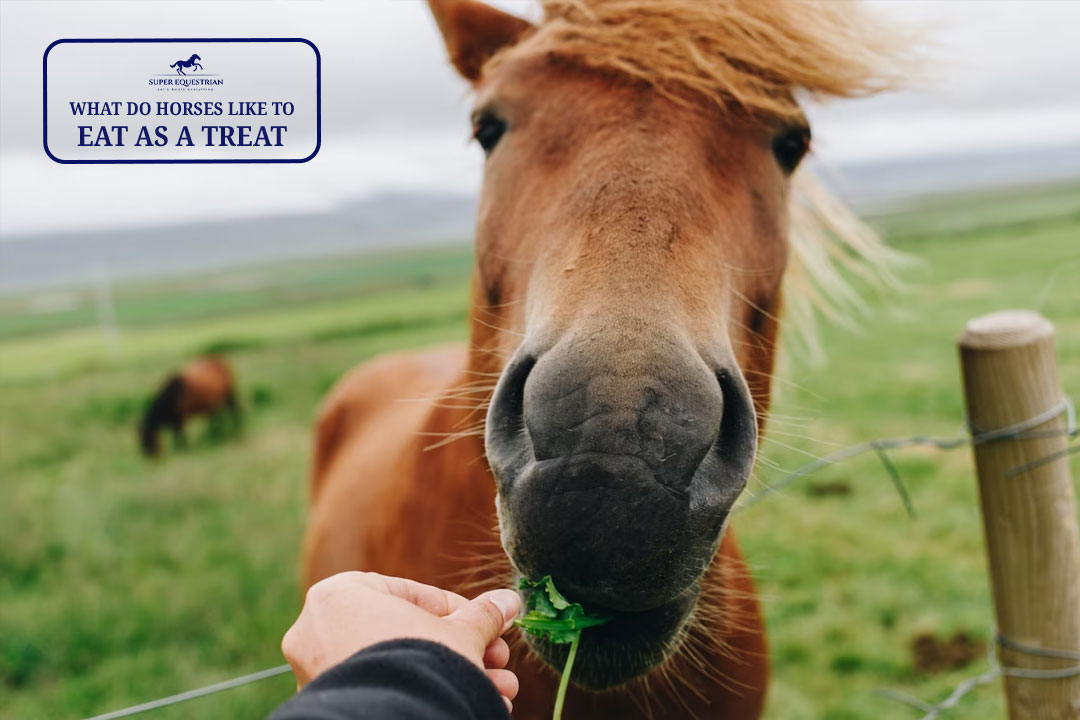
What do horses like to ...

Why do wild horses get ...
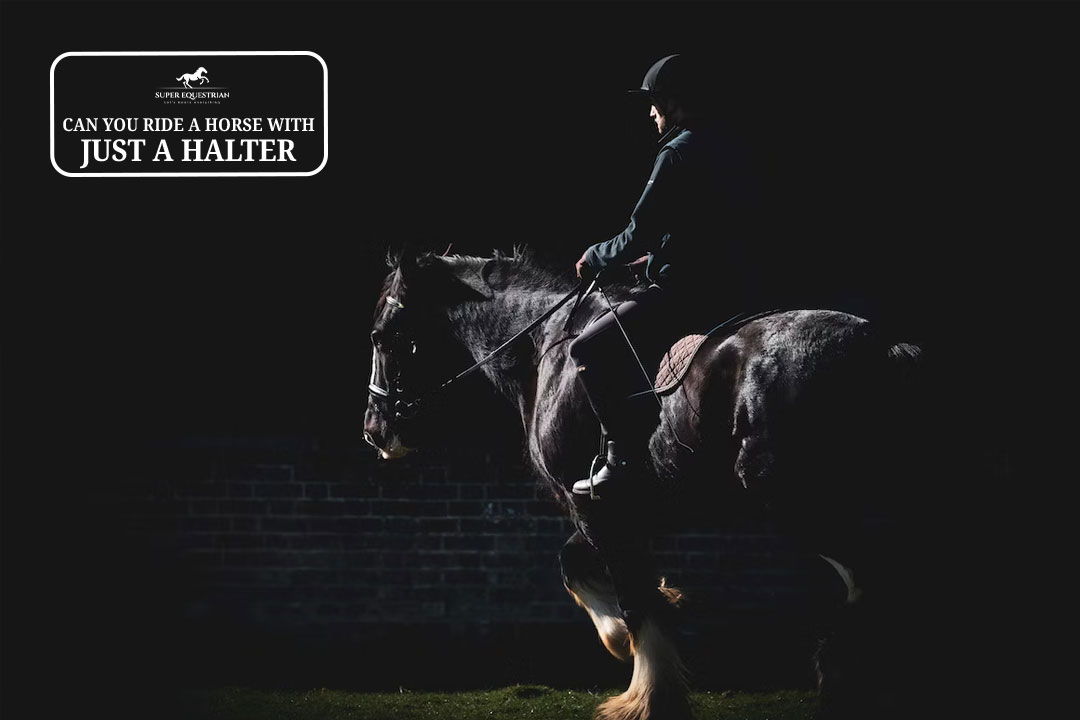
Can you ride a horse ...
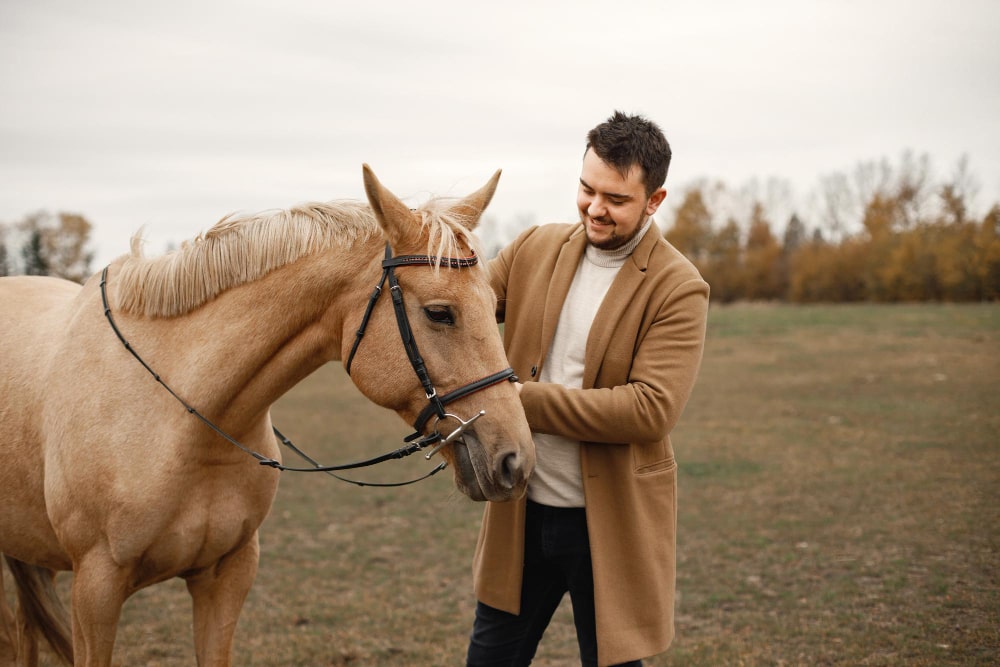
Are horses protective of their ...
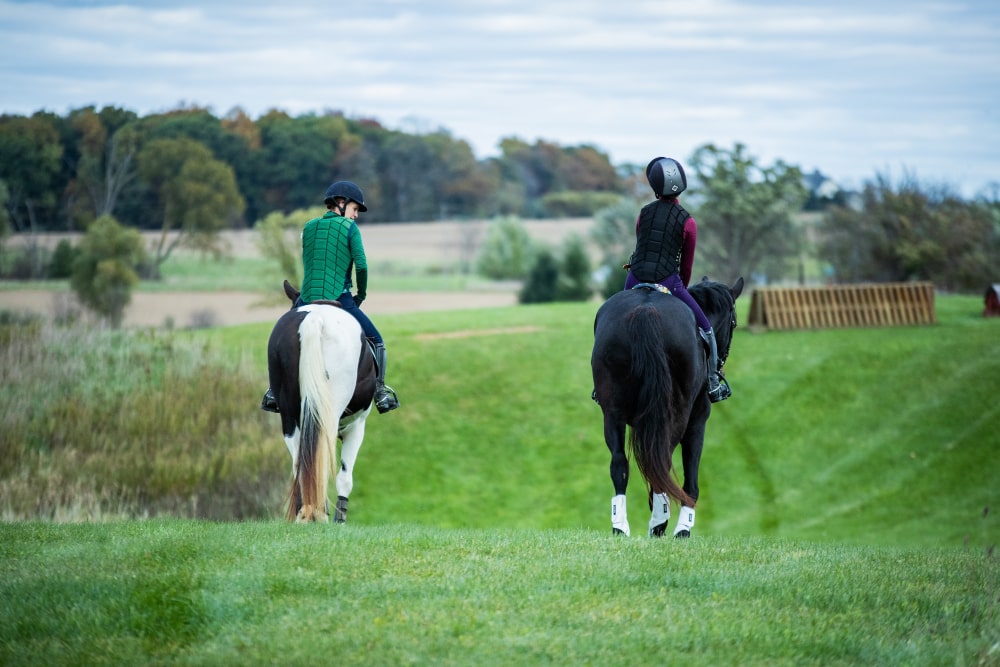
Why racking horses are popular ...
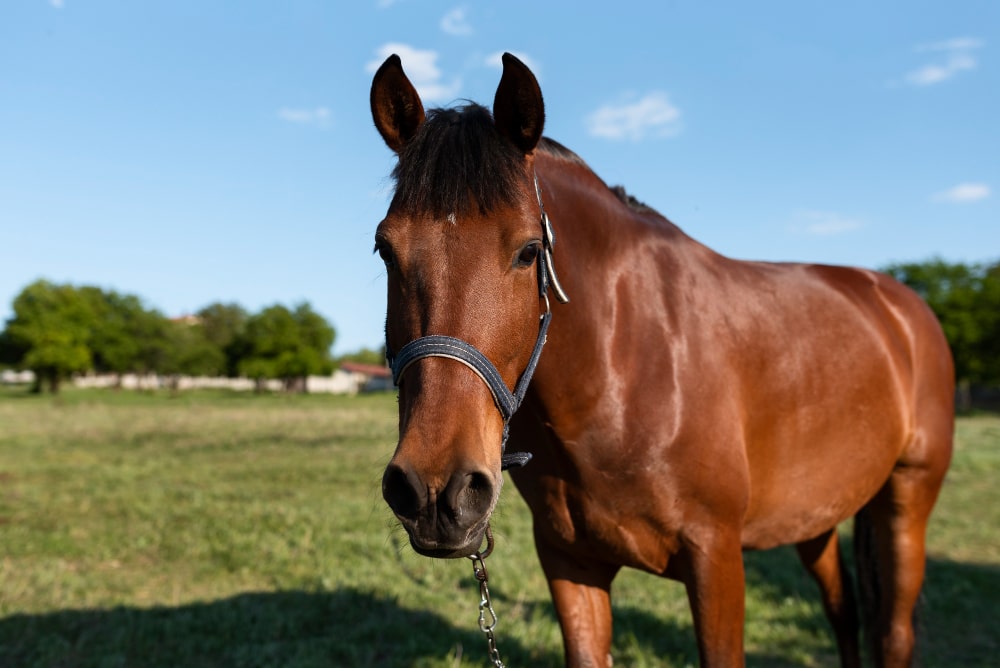
How To Keep Horses Off ...
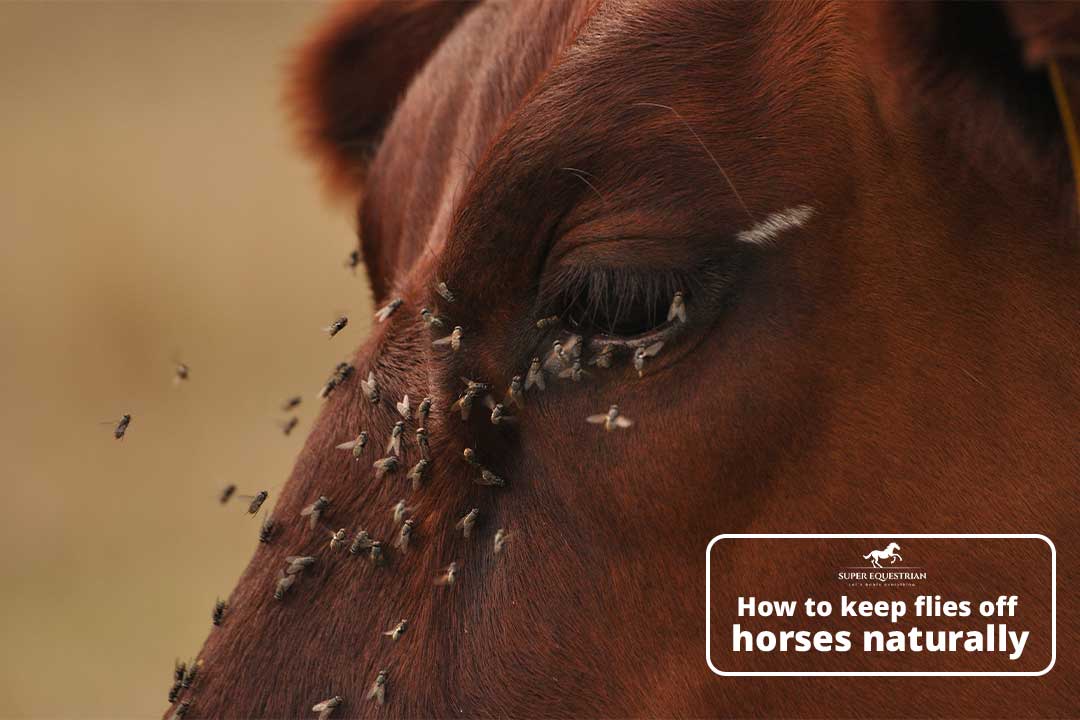
How to Keep Flies Off ...
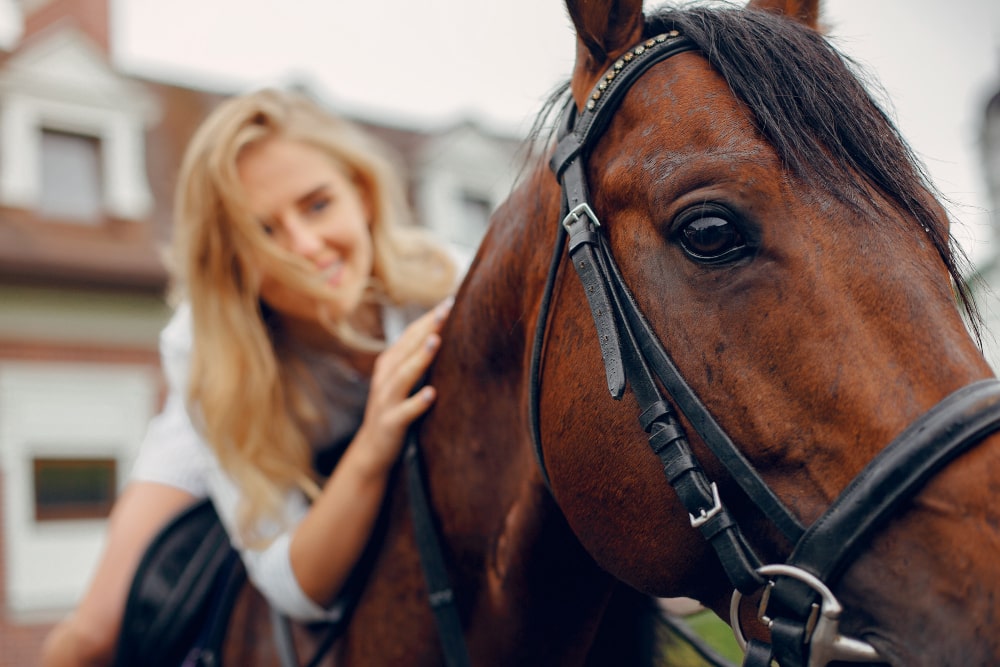
Pros and Cons Using A ...
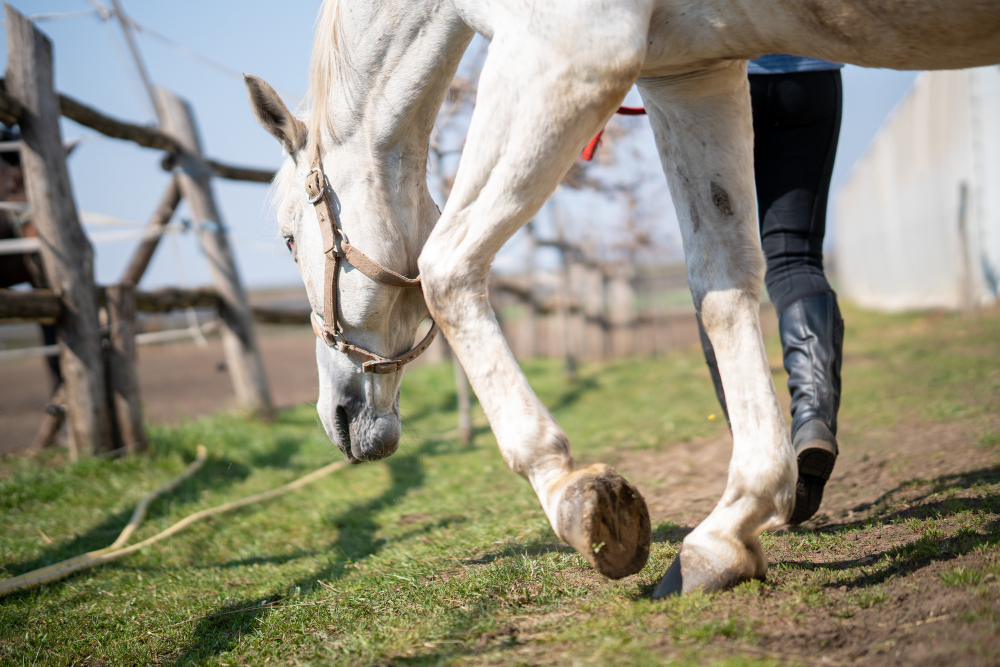
Can you ride a horse ...

Why are Corriente saddles so ...
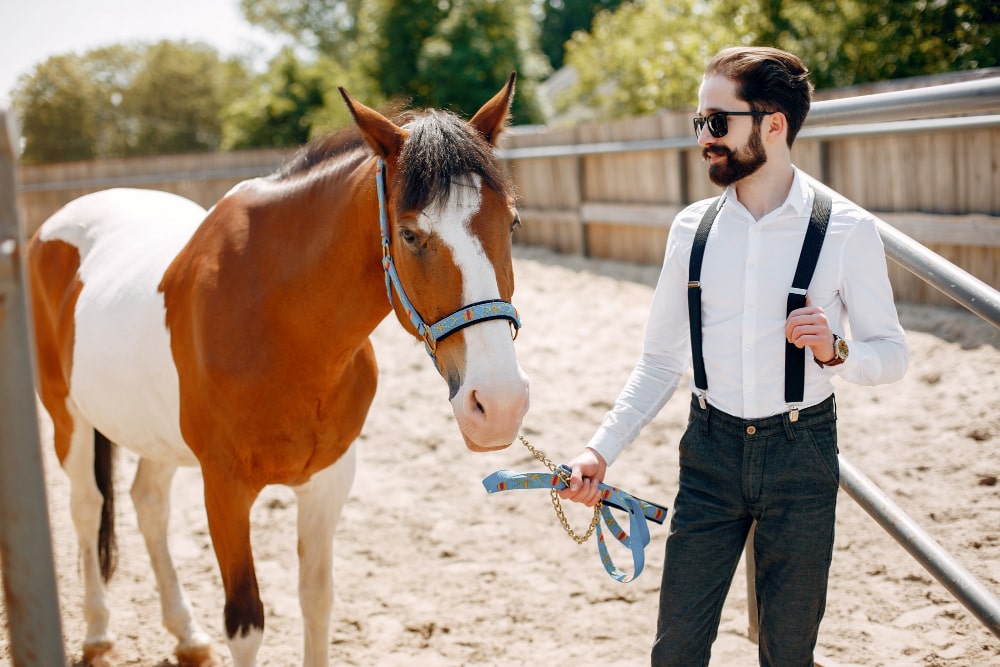
Pros and cons of equine ...
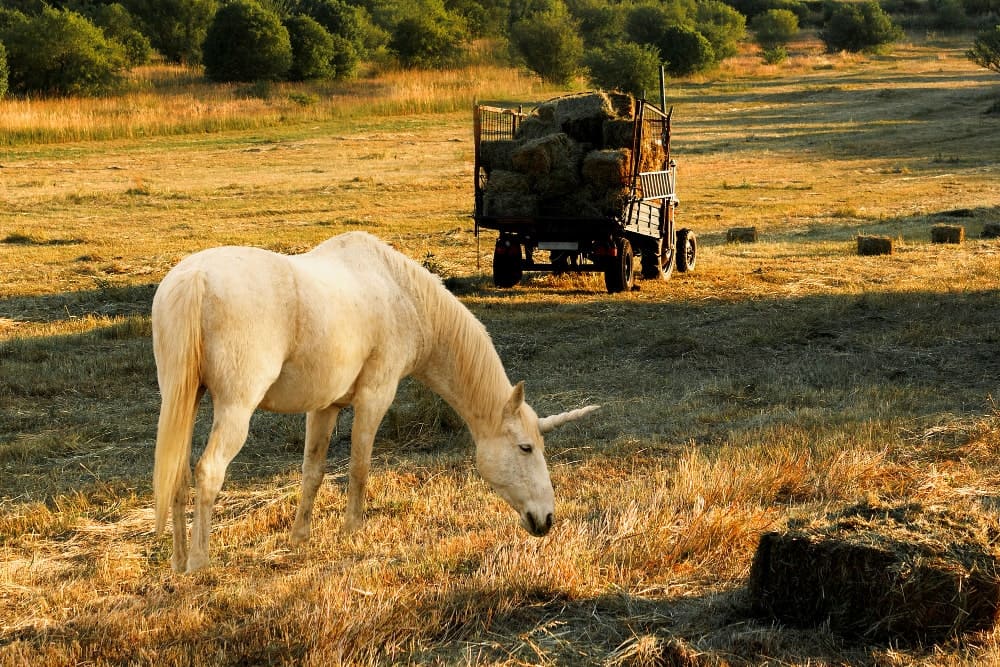
How Long After Mowing Can ...

How to Care for a ...
.jpg)
Why Do Horses Wear Blinders: ...
.jpg)
How to fit an exercise ...

Why is my horse bucking ...
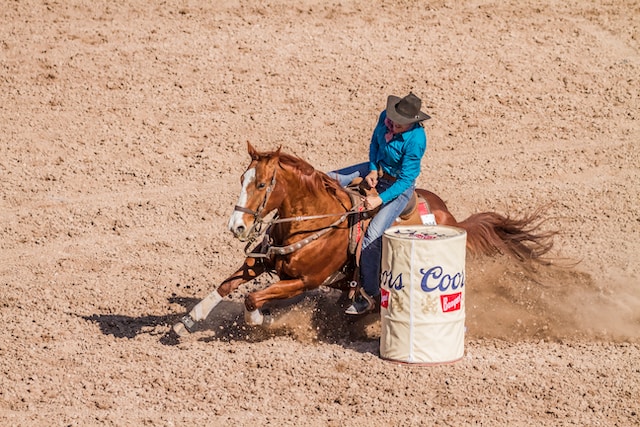
What causes a horse to ...
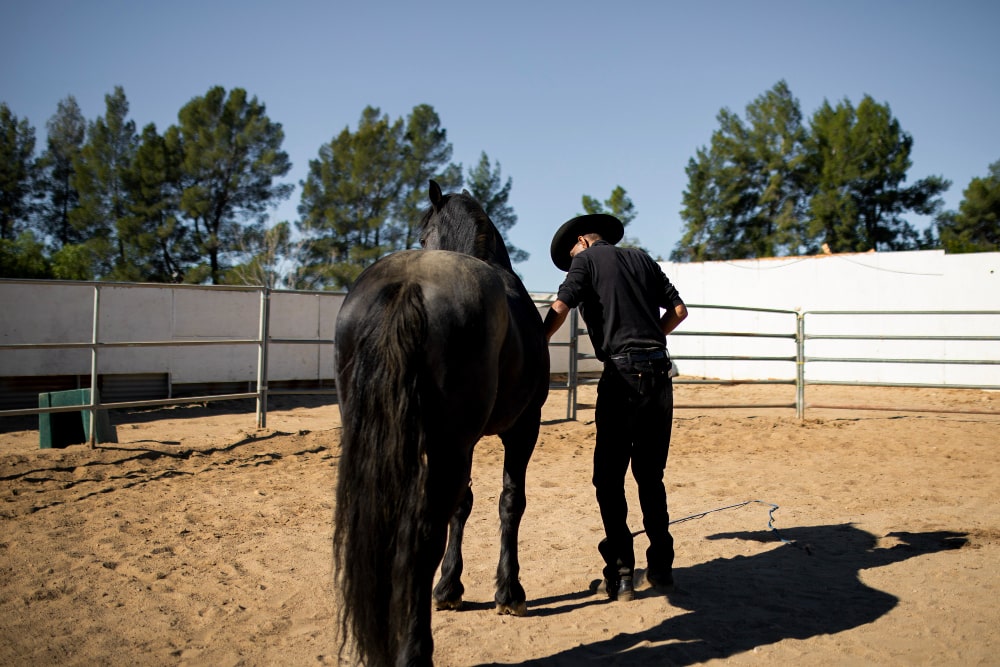
How to Stop a Horse ...
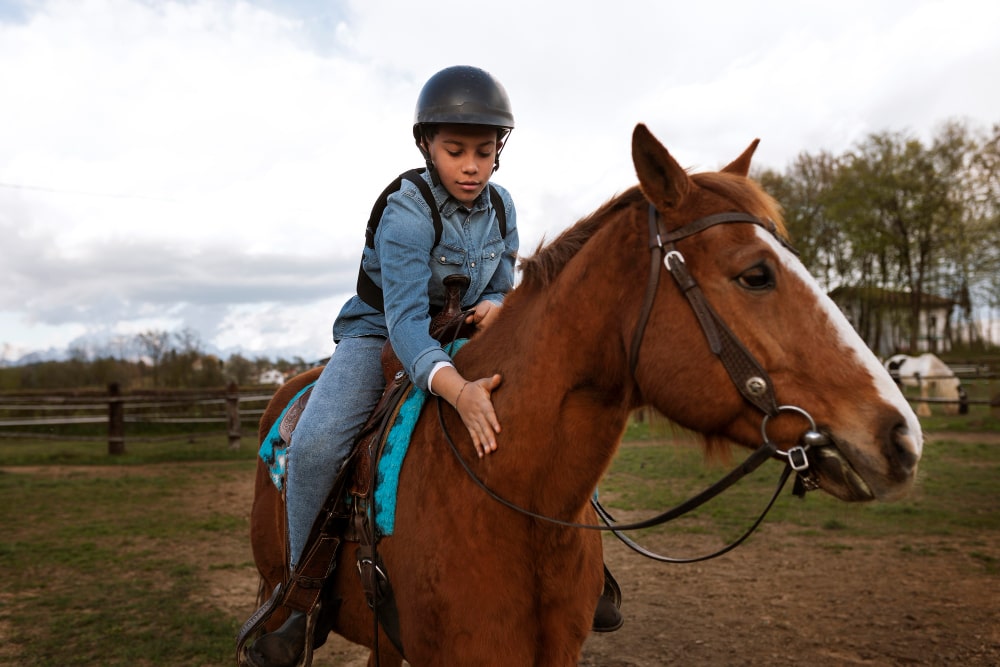
Why Is My Horse Bunny ...
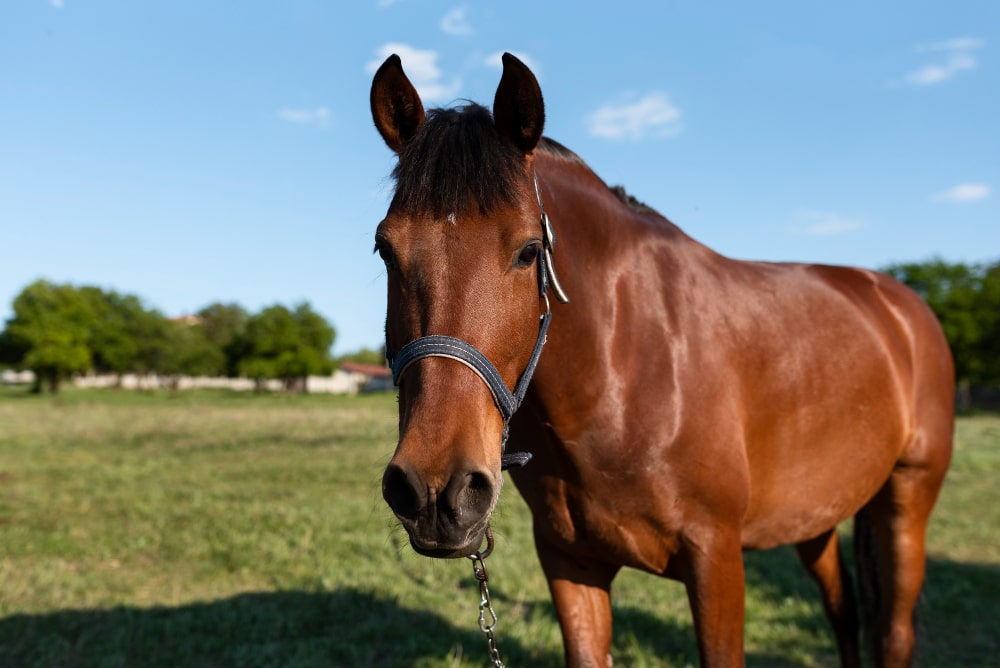
How To Improve Pasture For ...
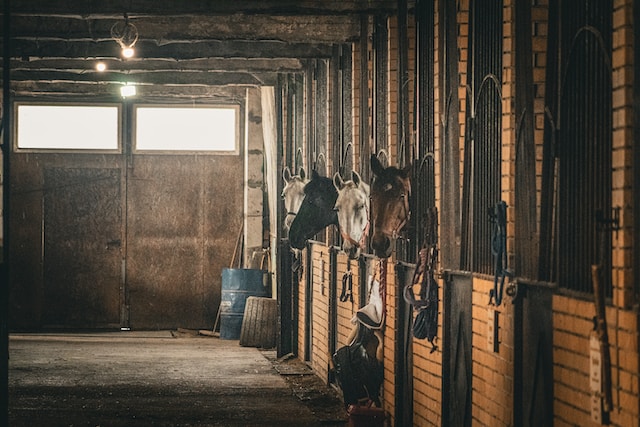
How to get the smell ...

Can you add ramp to ...

What Is The Temperament Of ...
.jpg)
Why Is Friesian Horse Hair ...
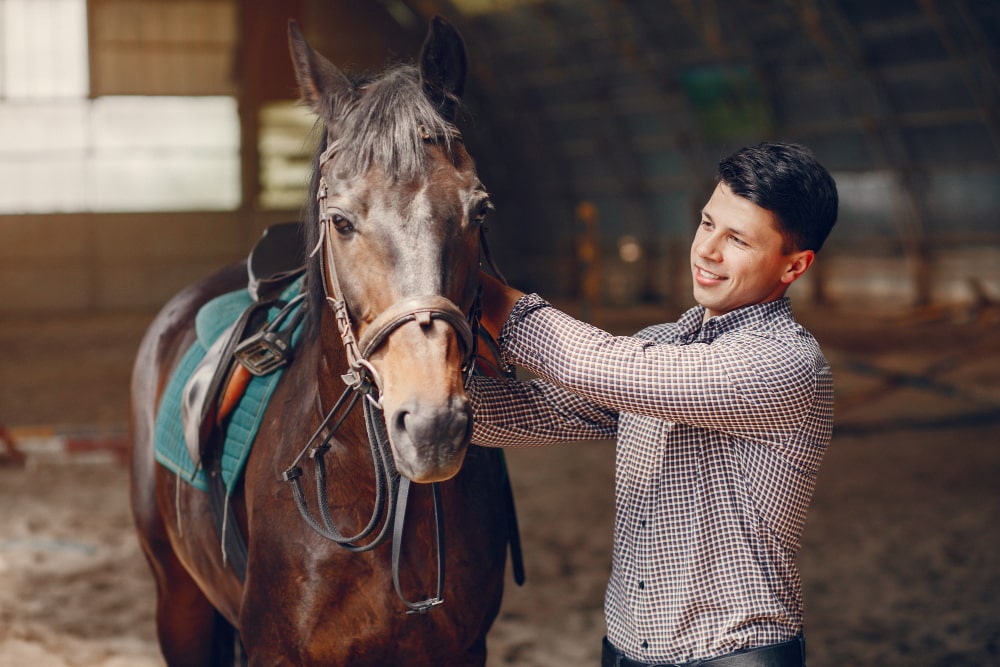
Why is my horse testing ...
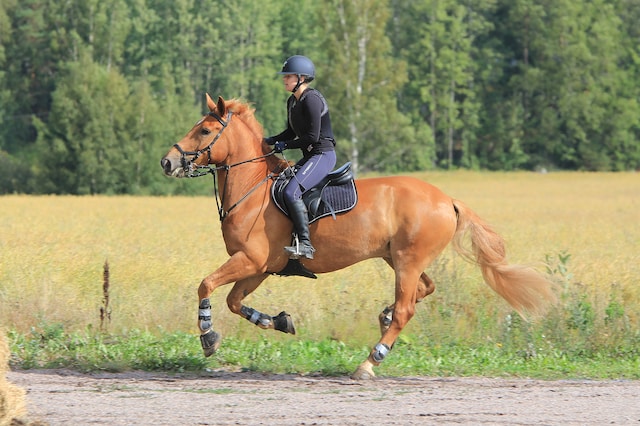
How often you should take ...
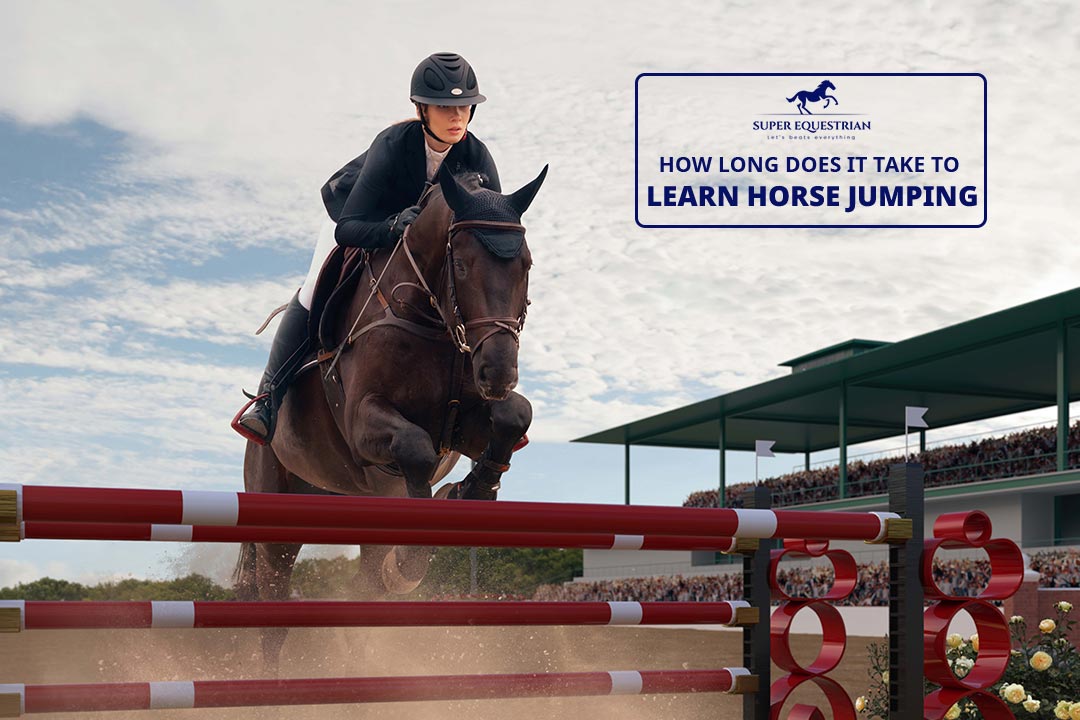
How long does it take ...
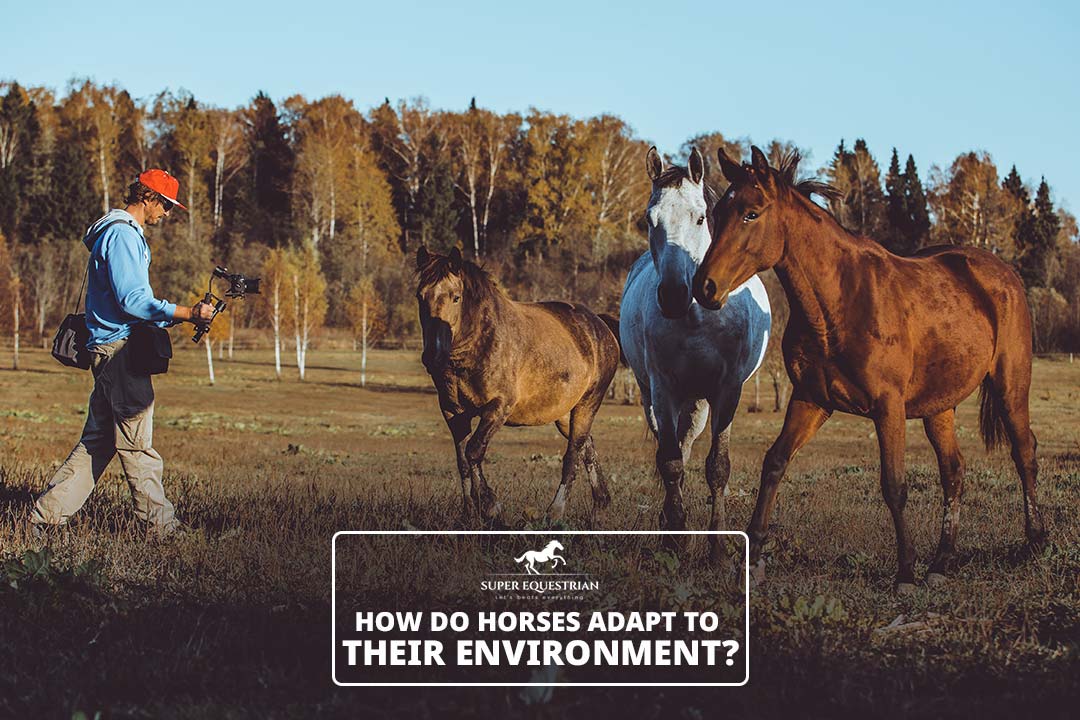
How do horses adapt to ...

How To Prepare For A ...
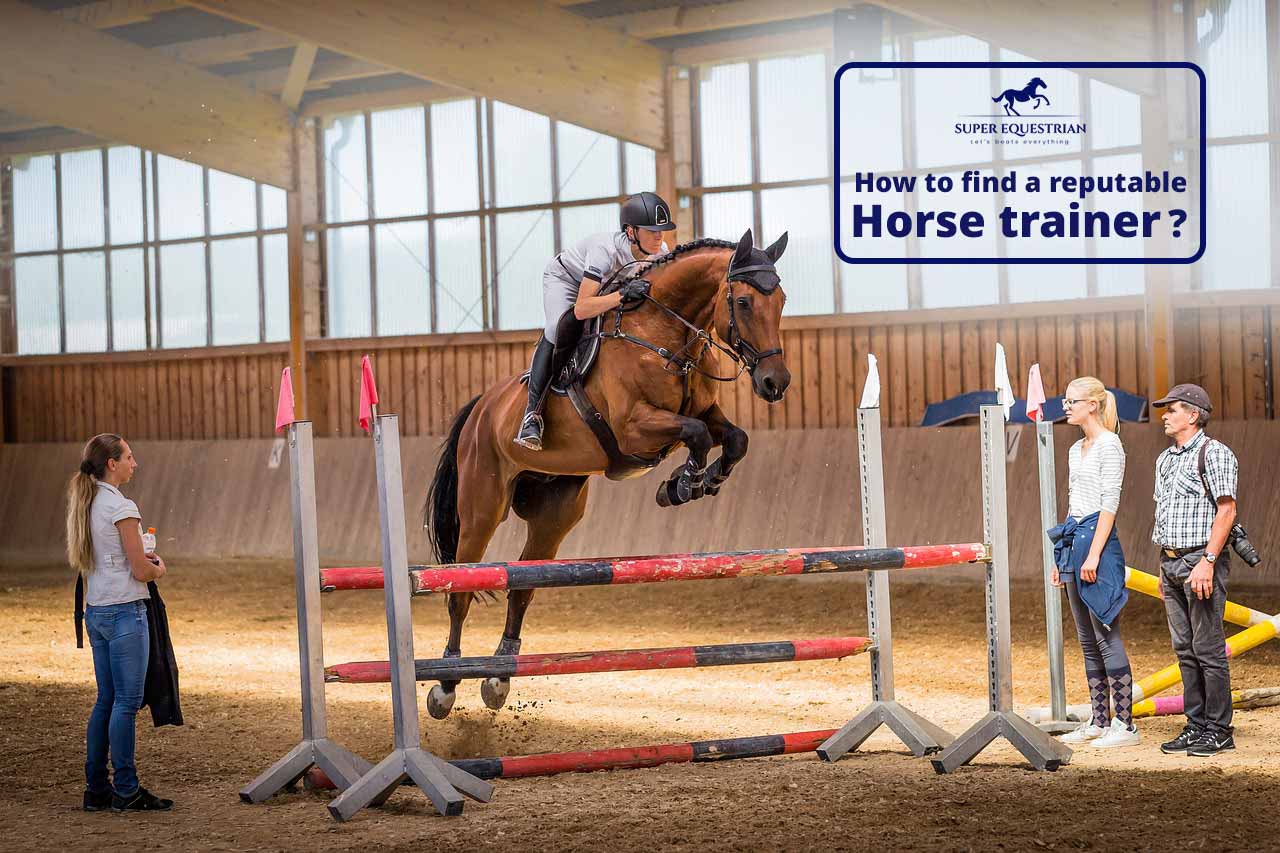
How To Find A Reputable ...
.jpg)
Do Horses Get Medals at ...

How to create a horse-...